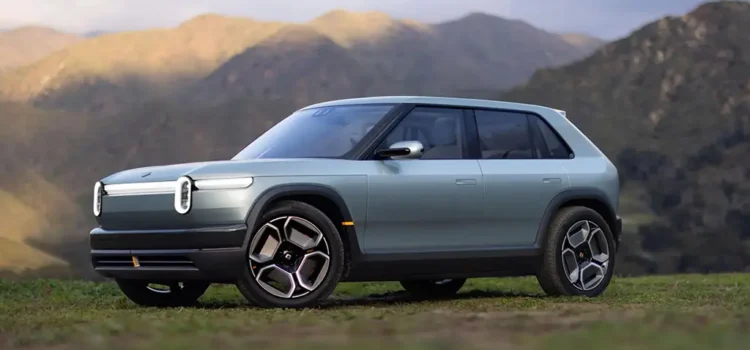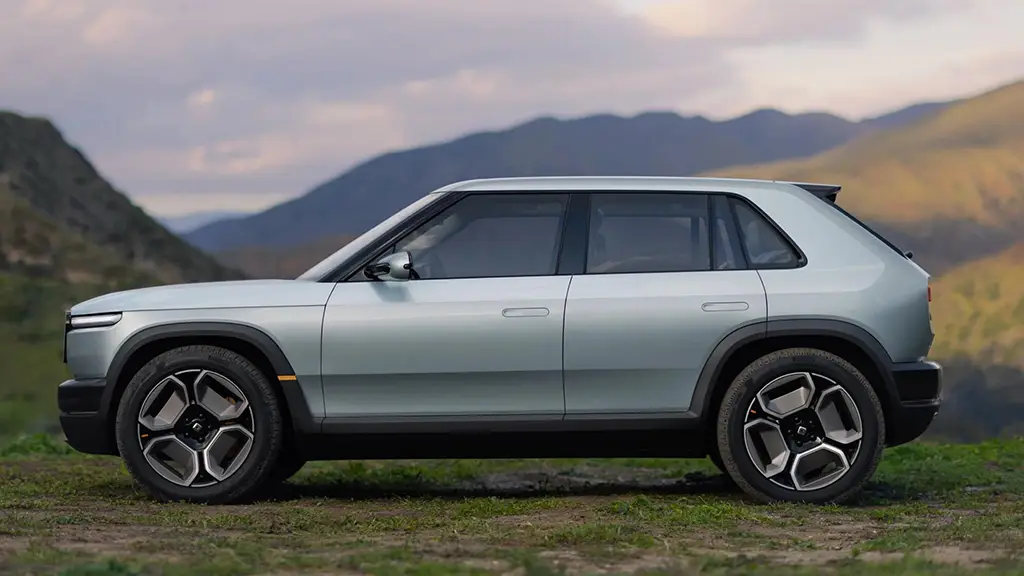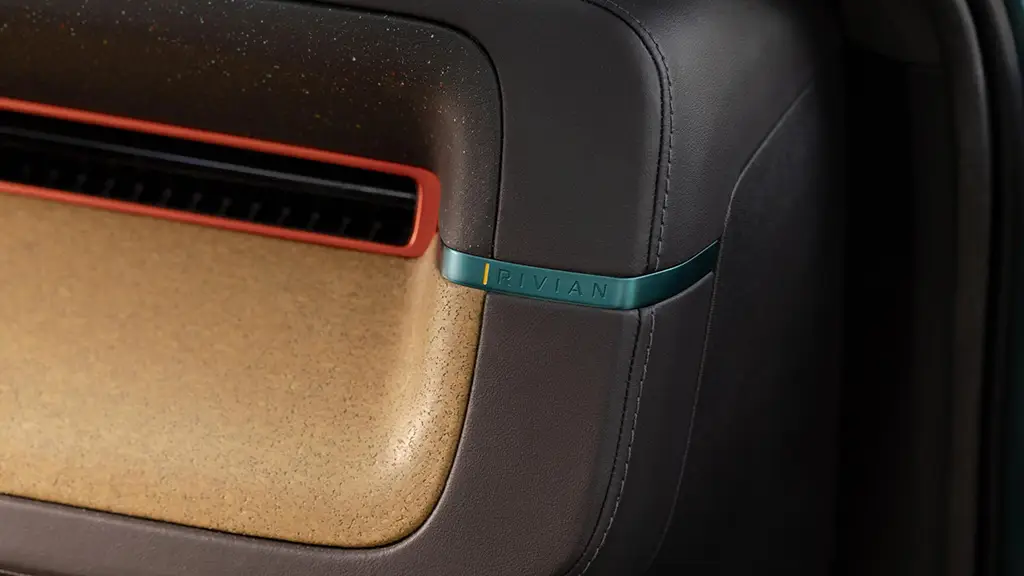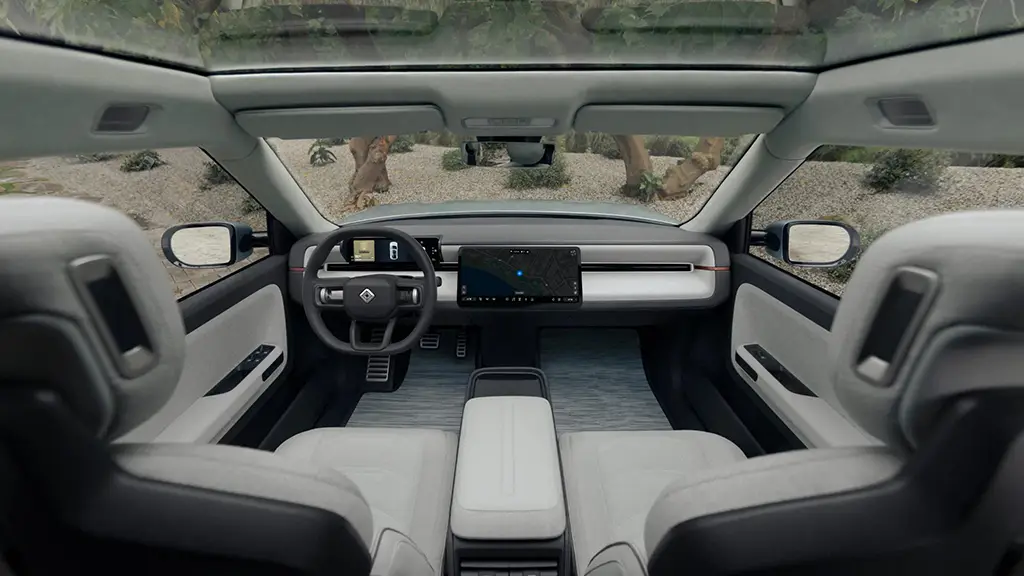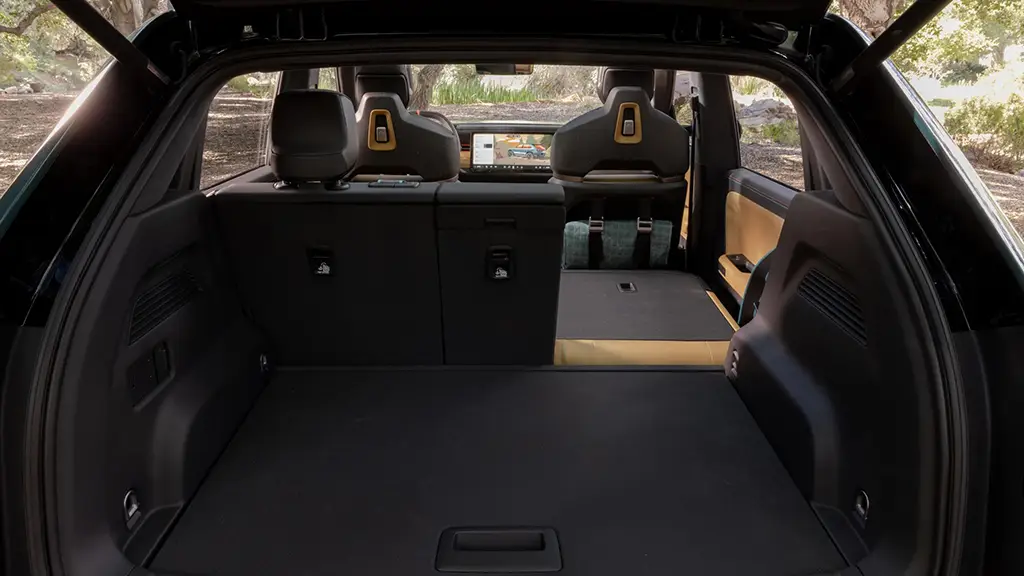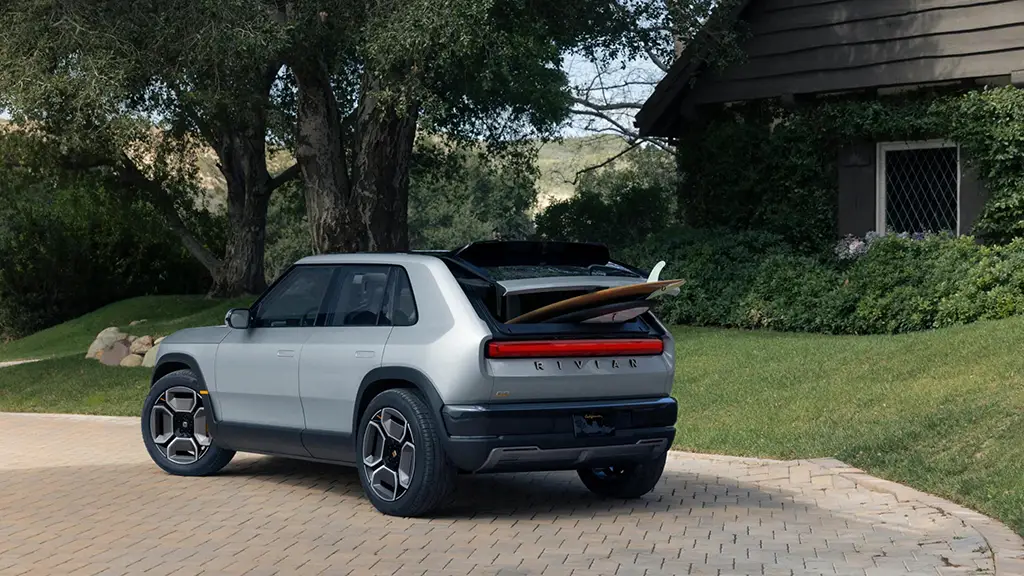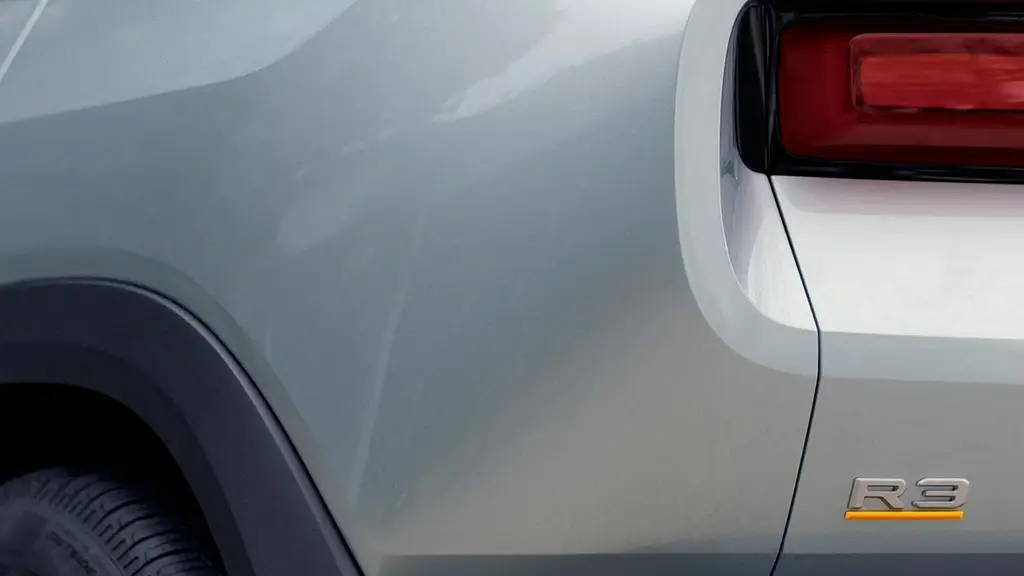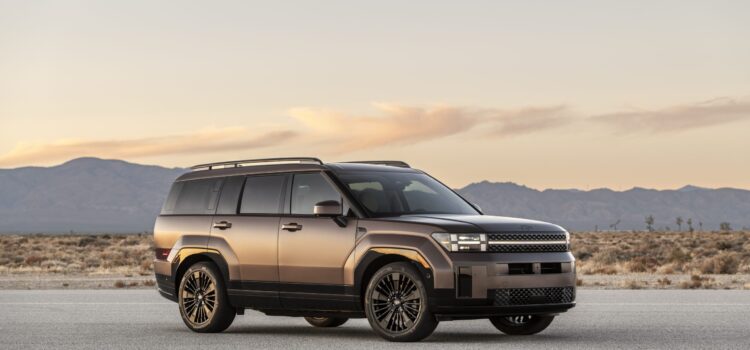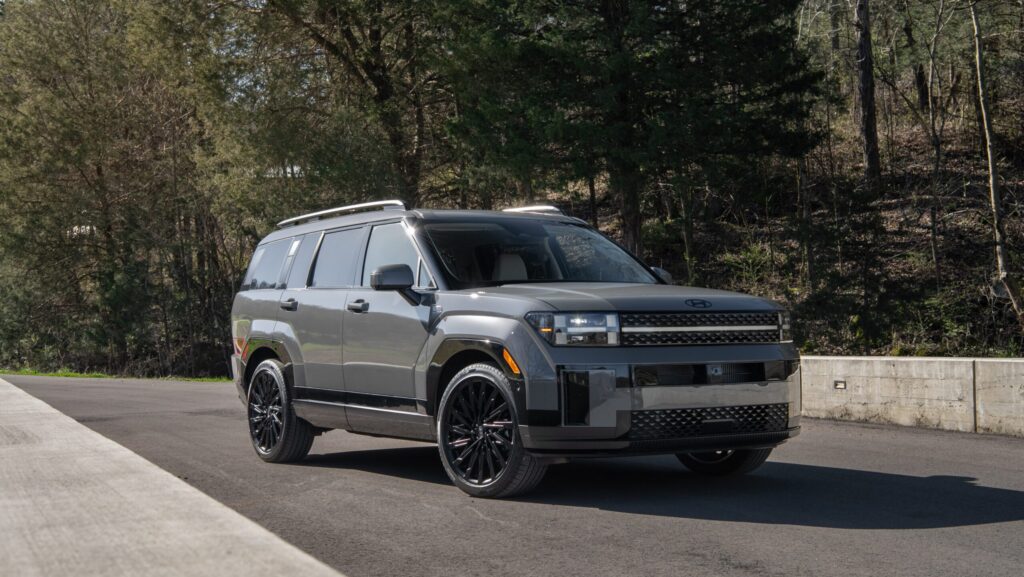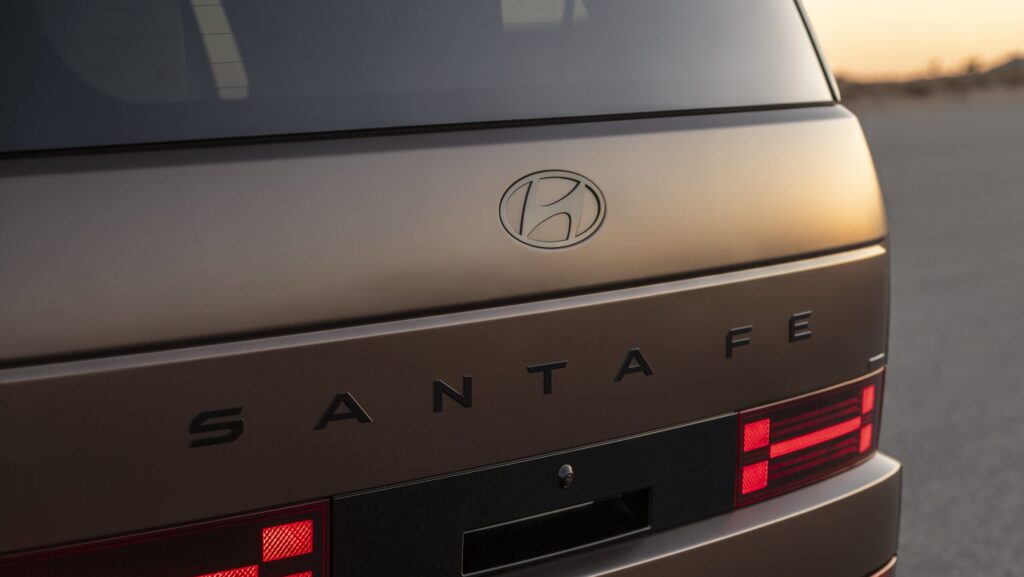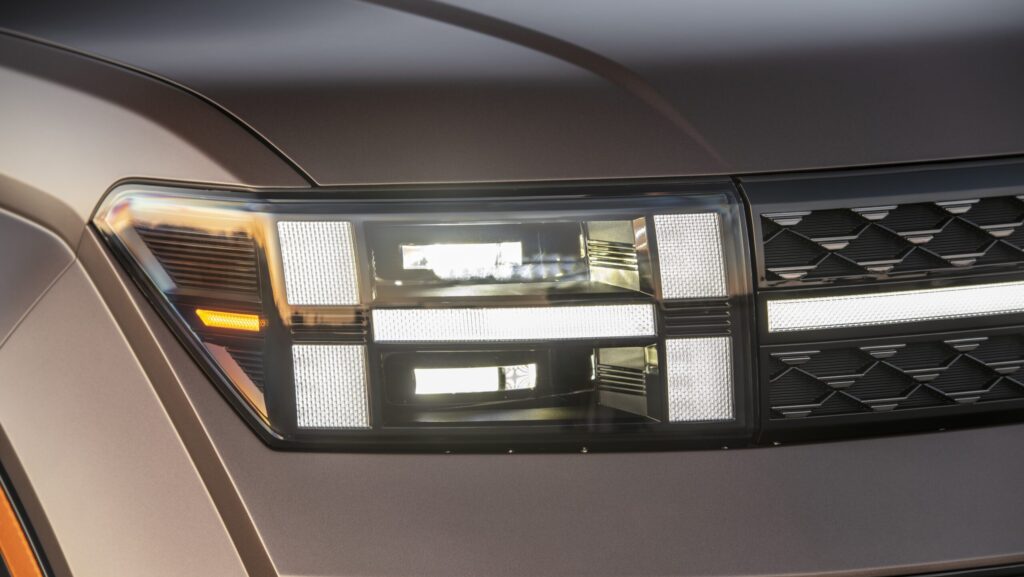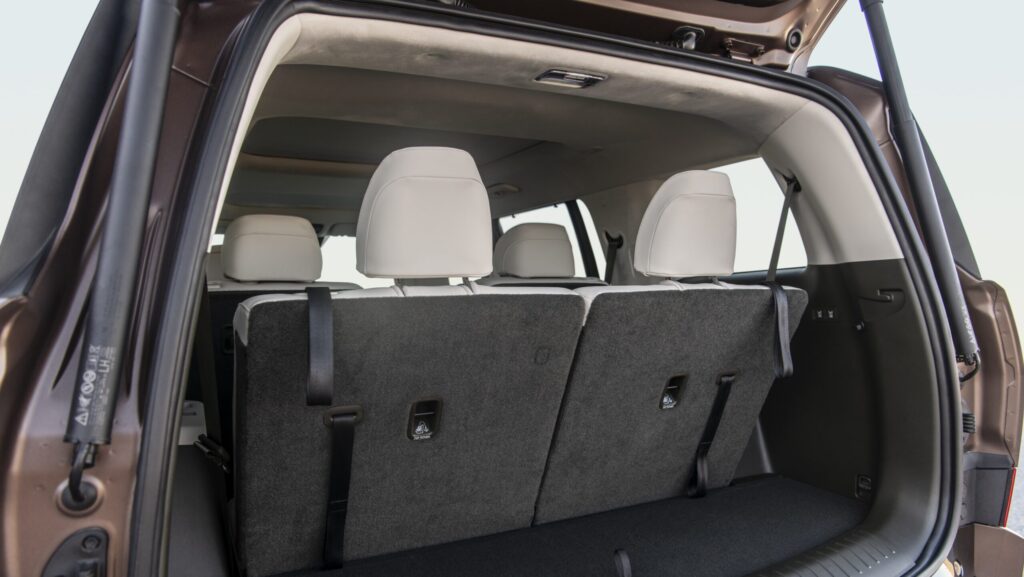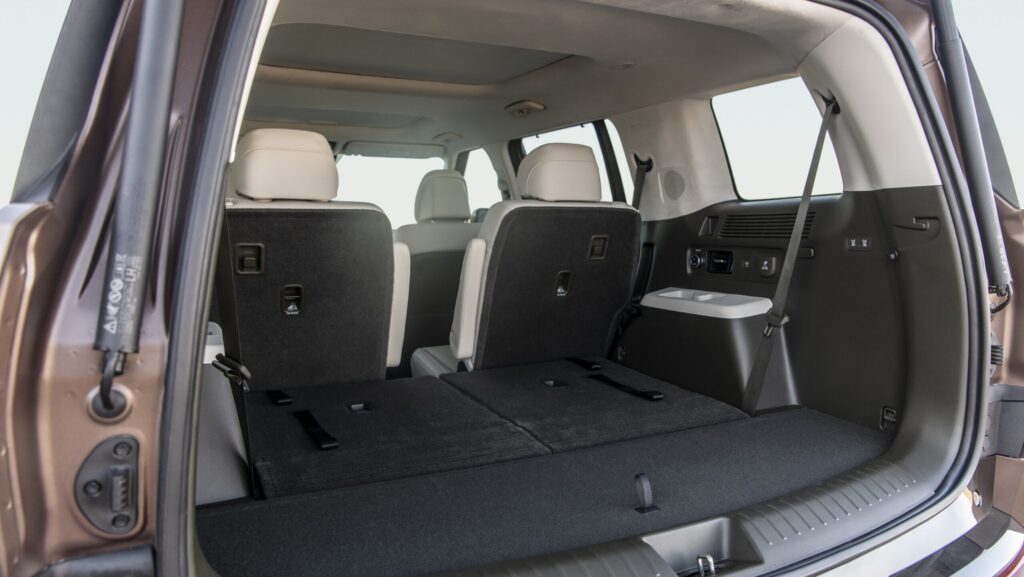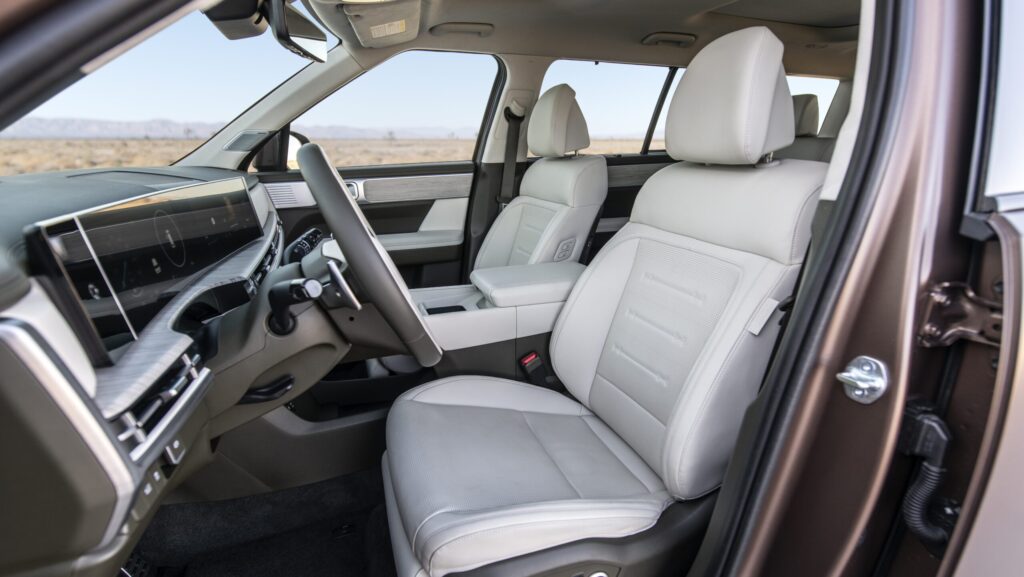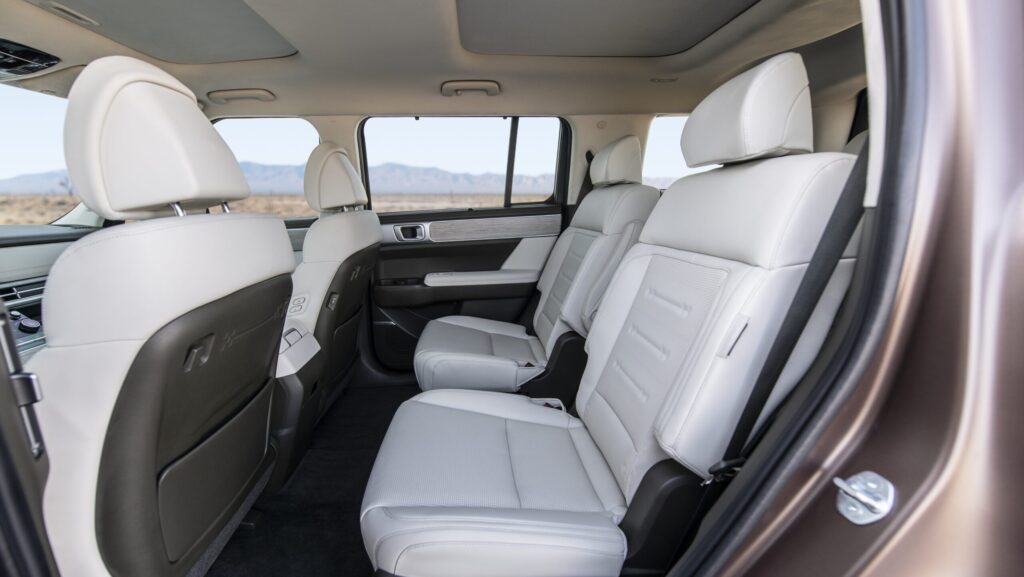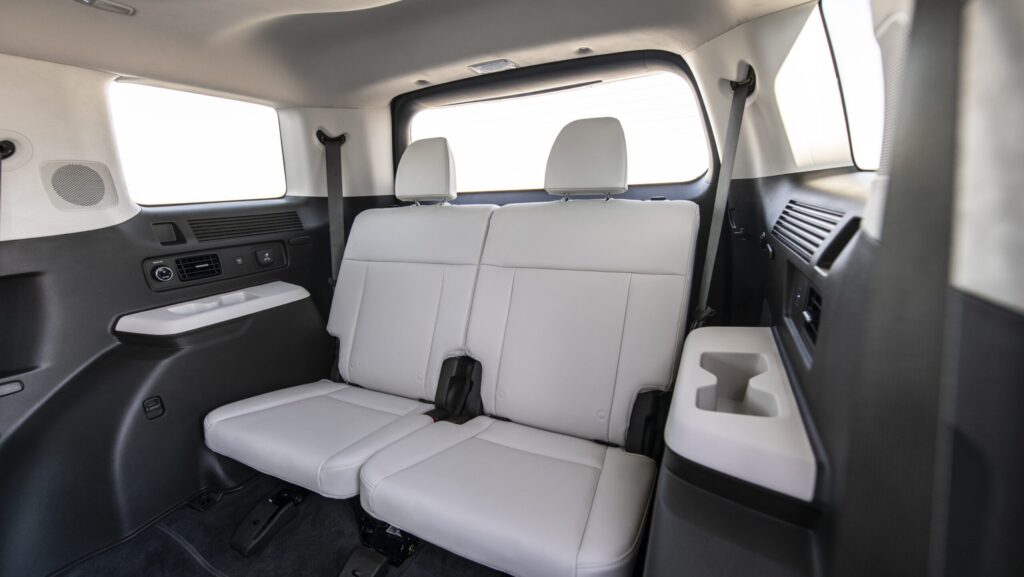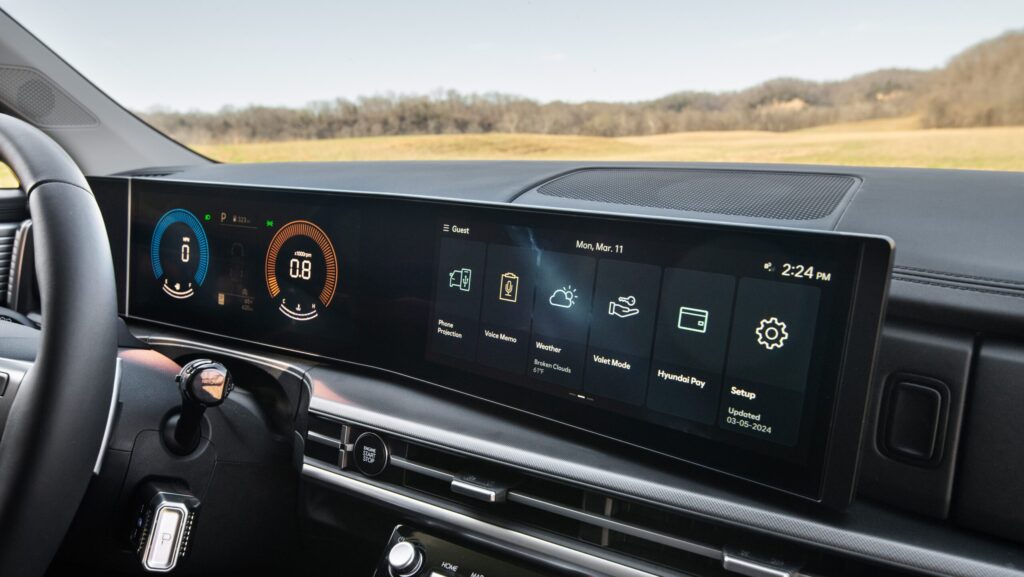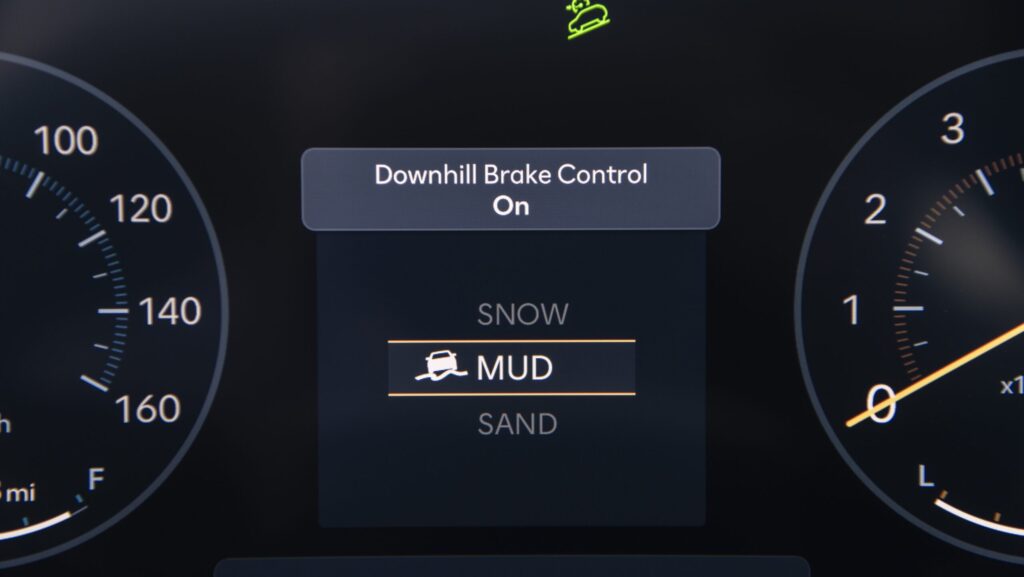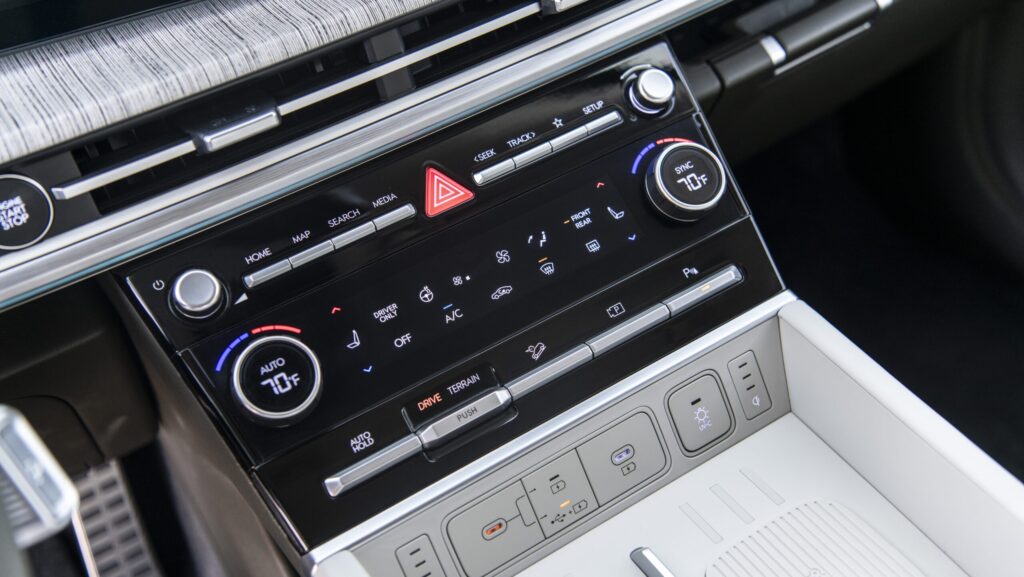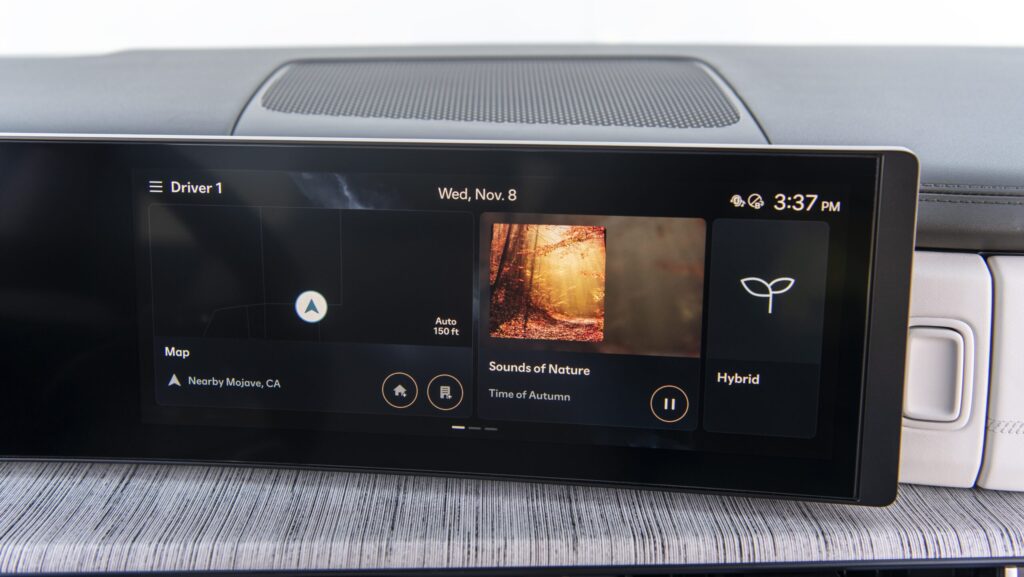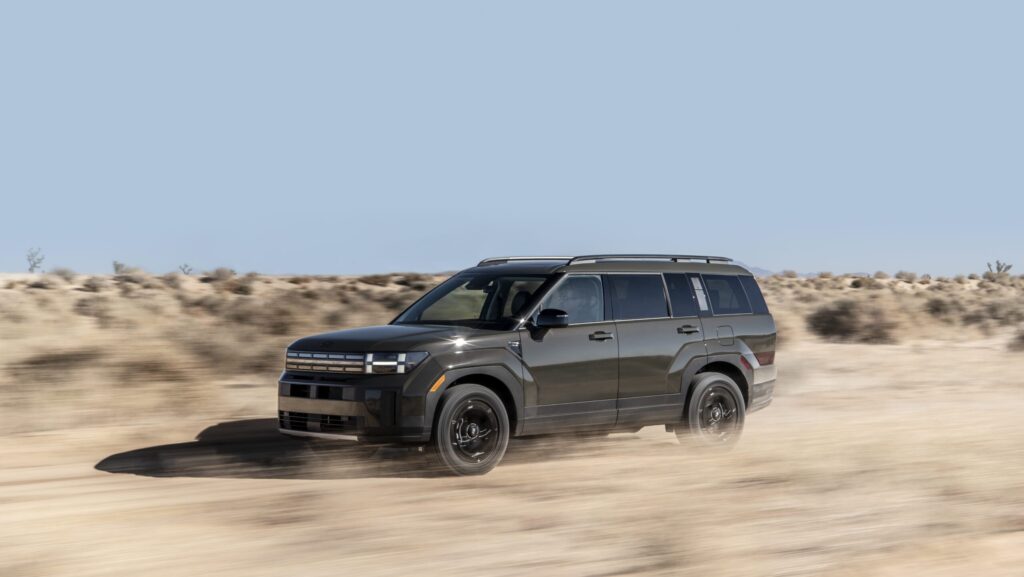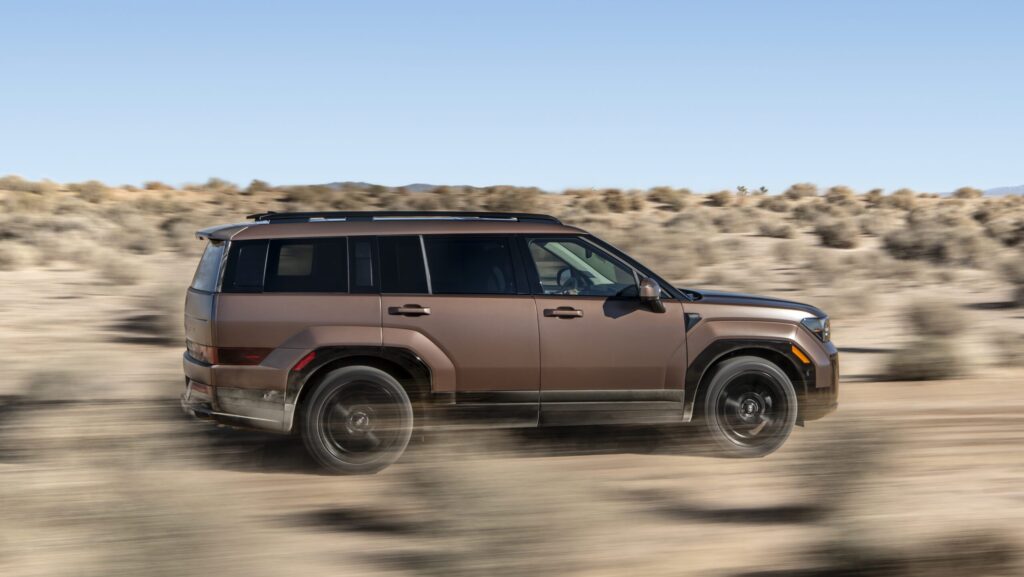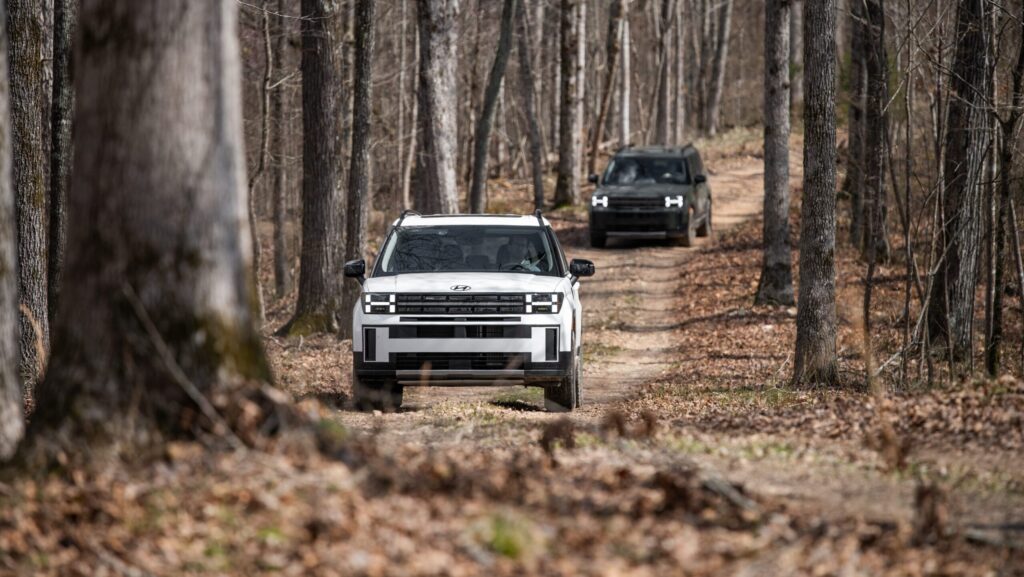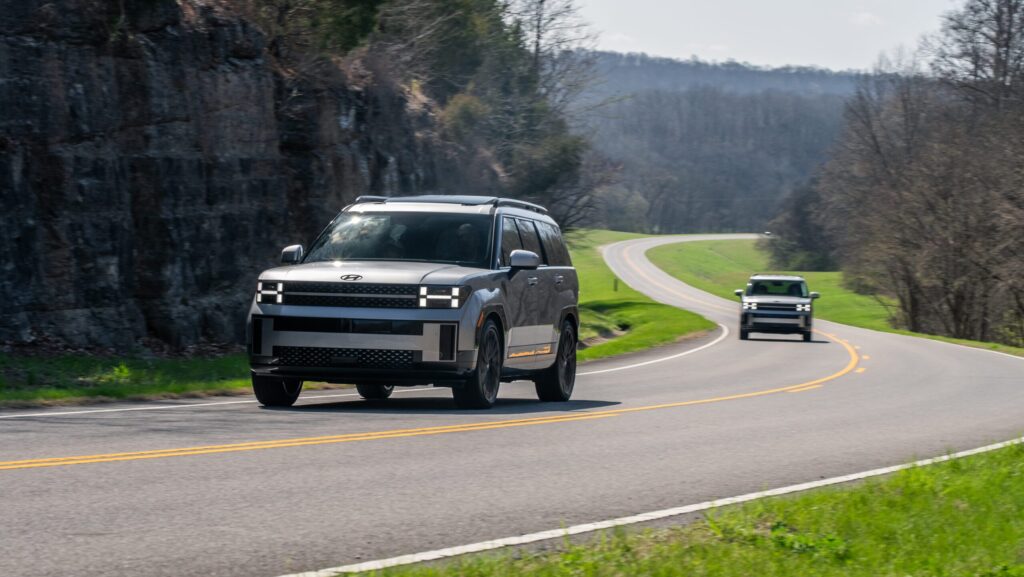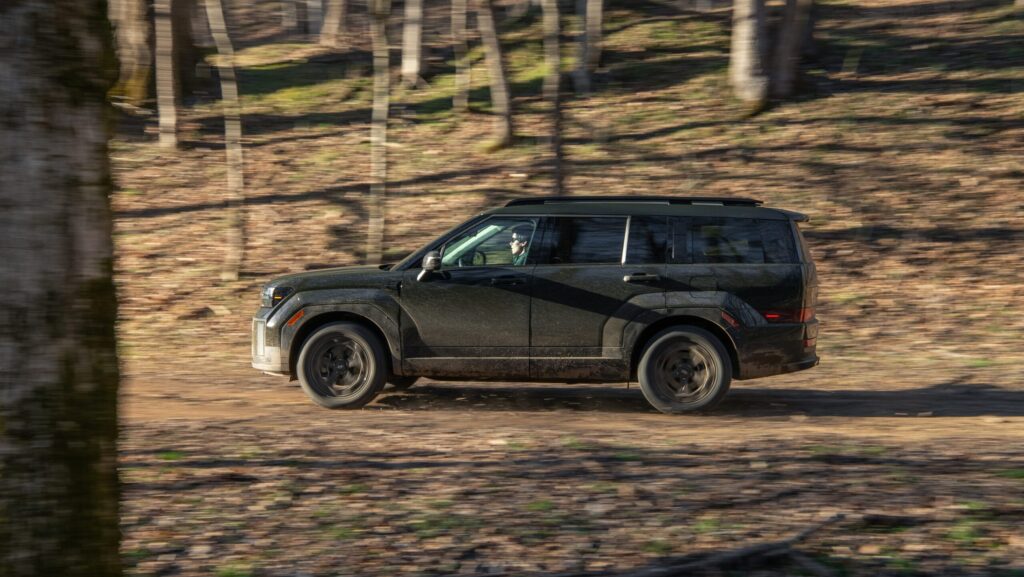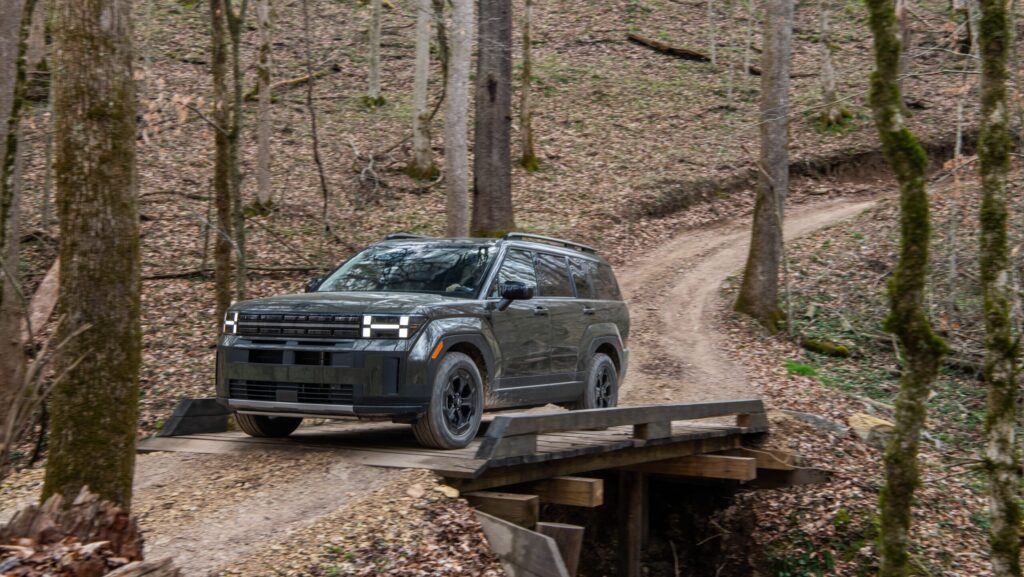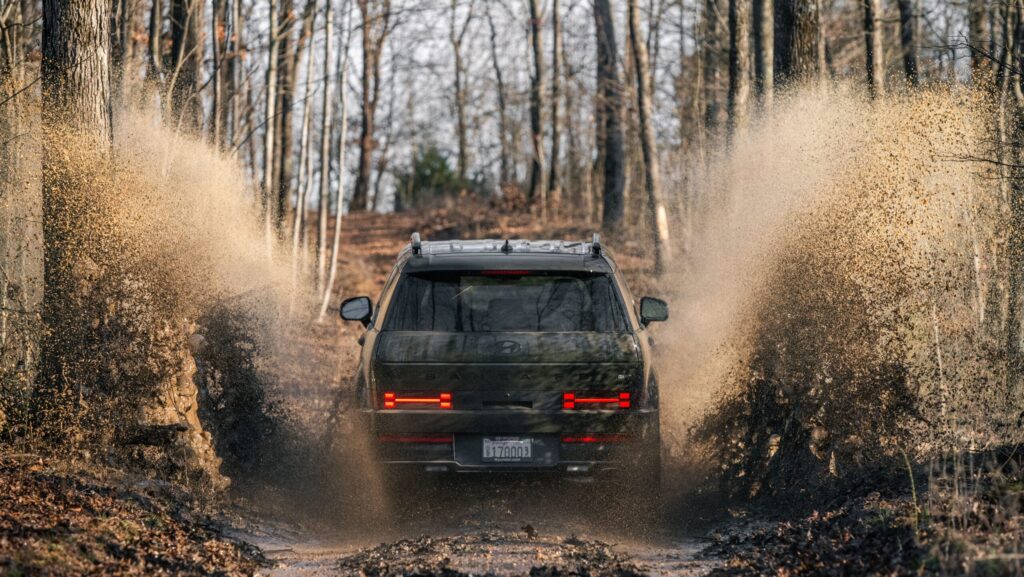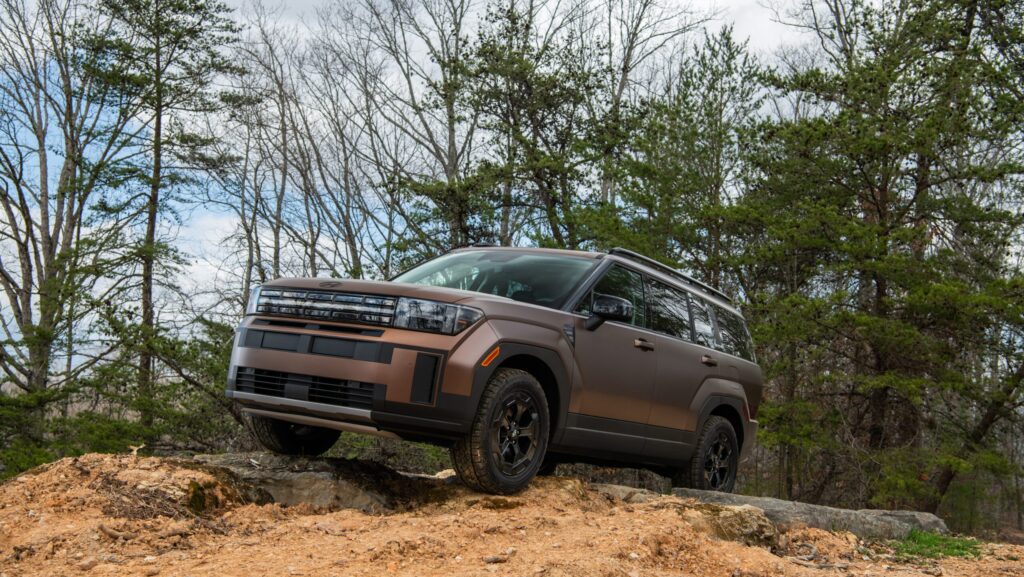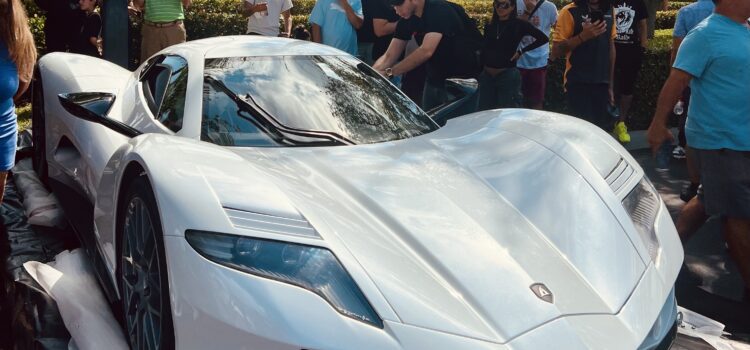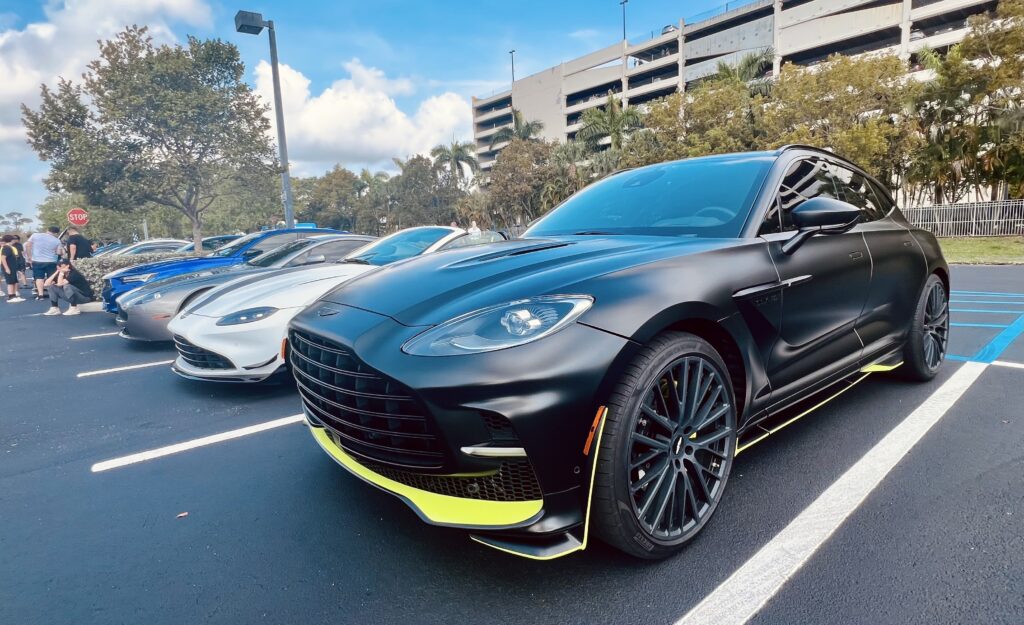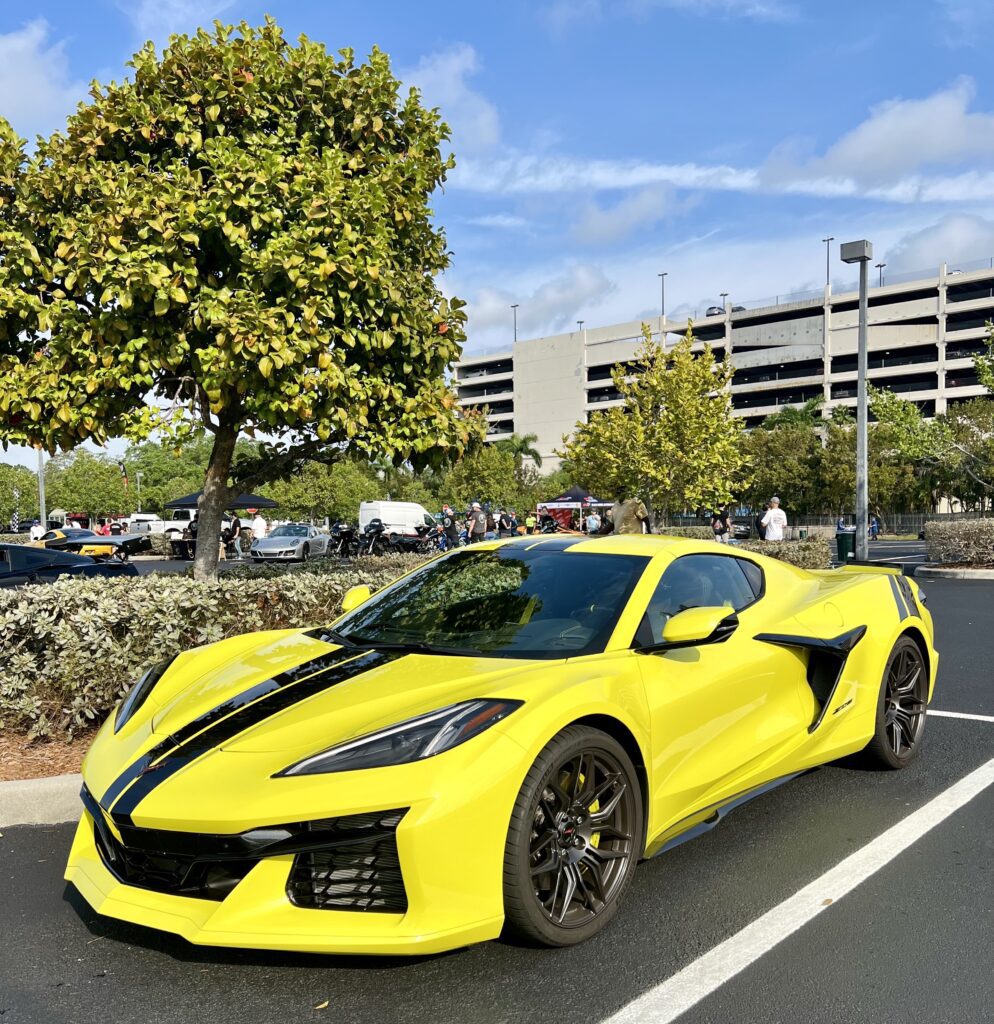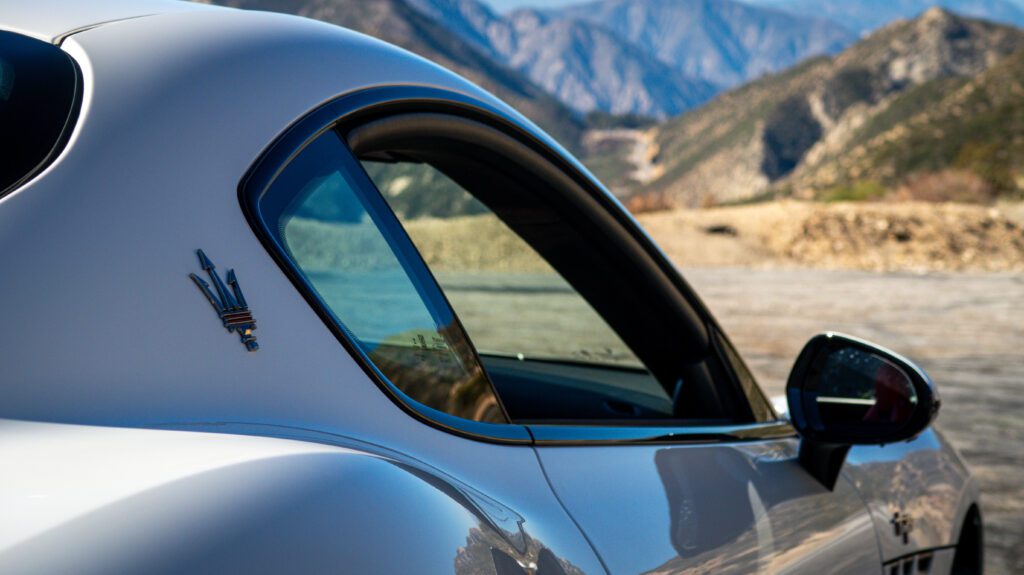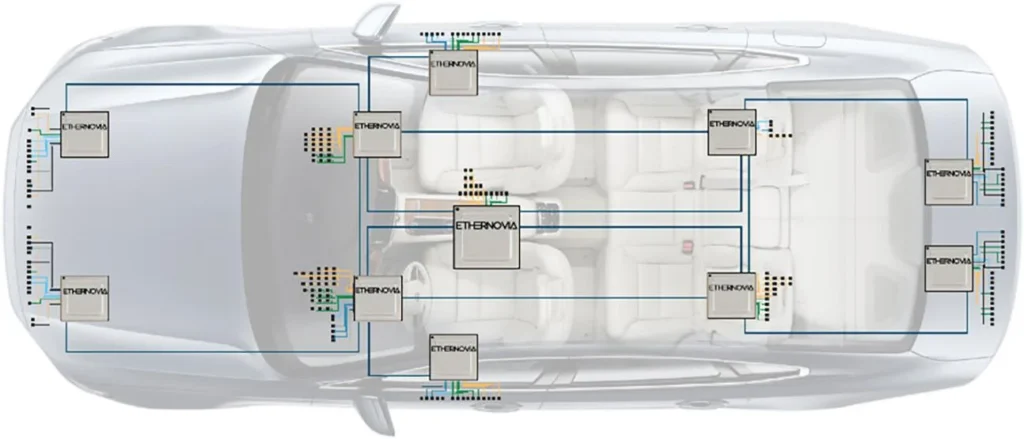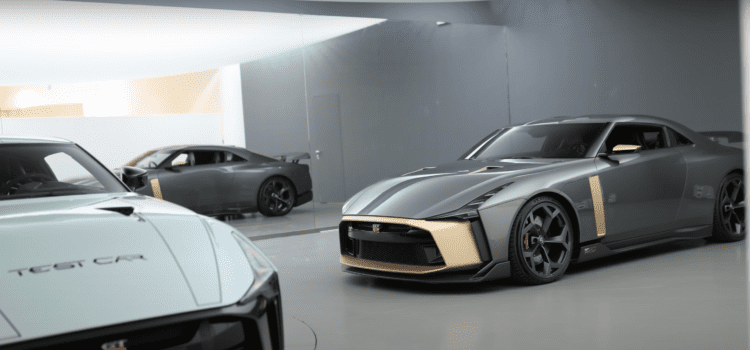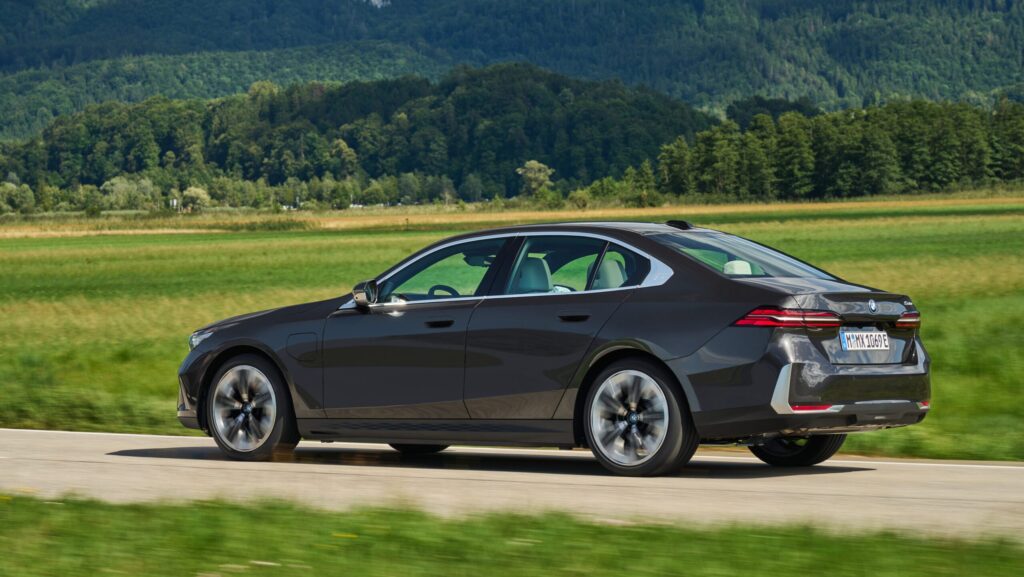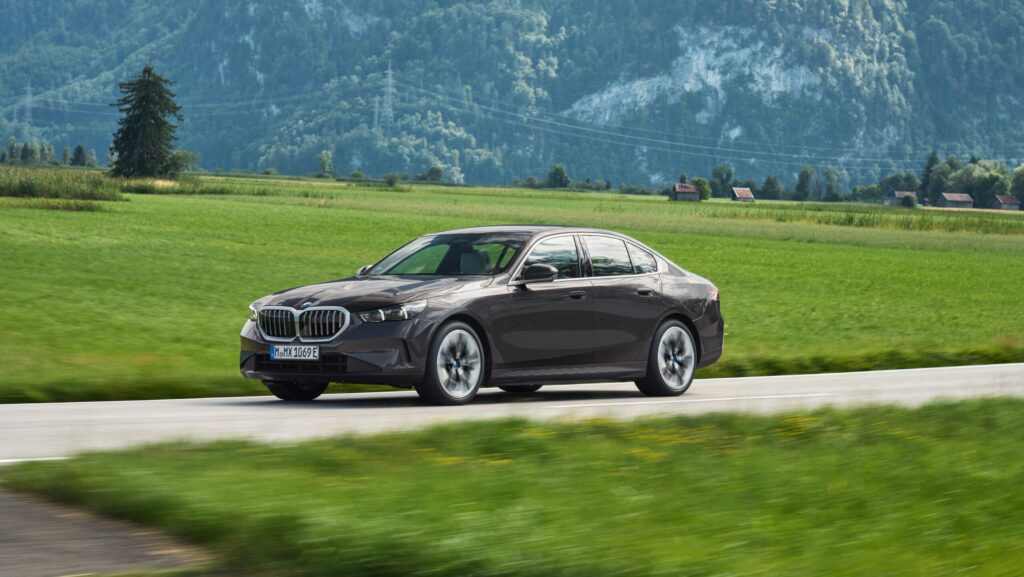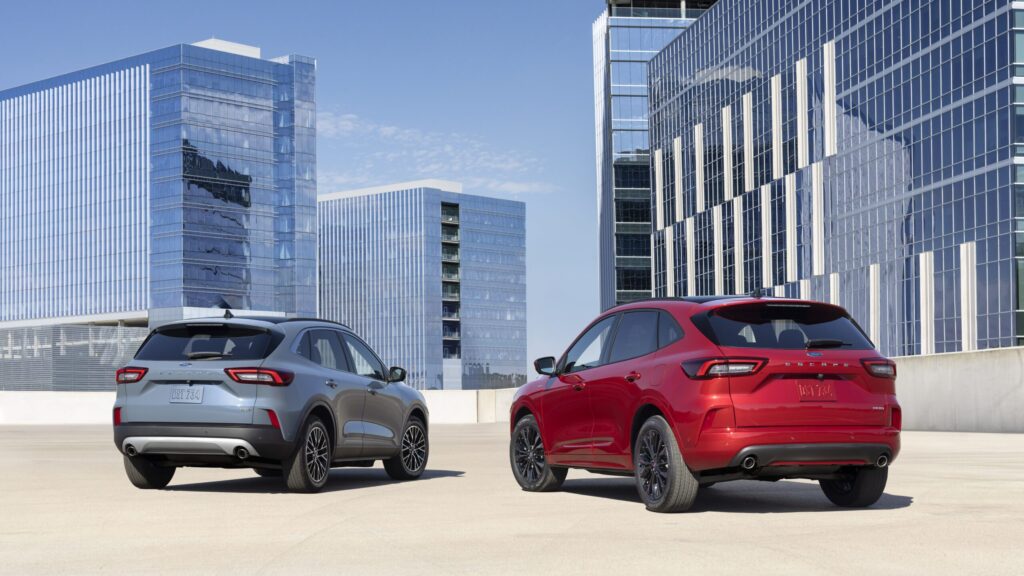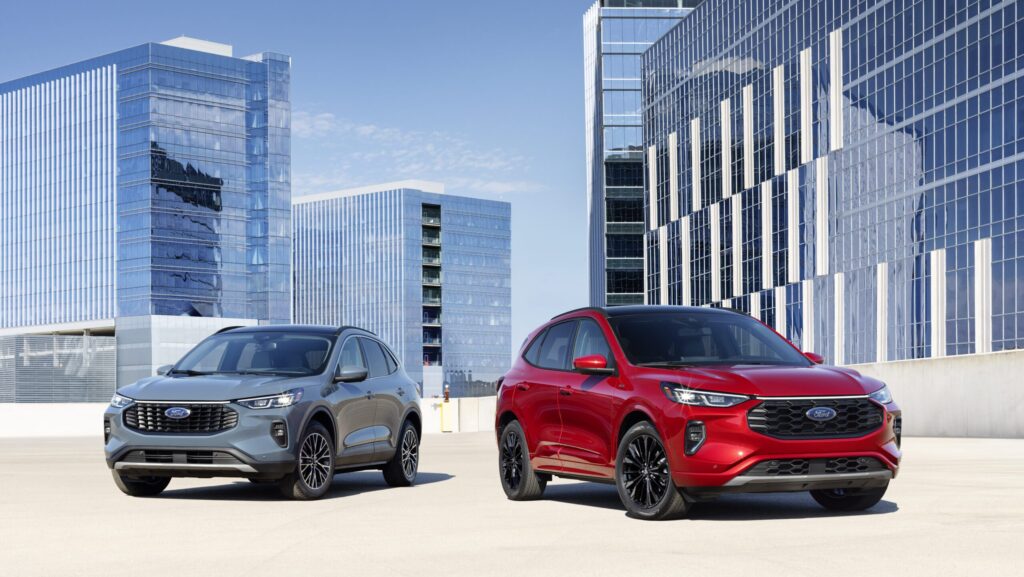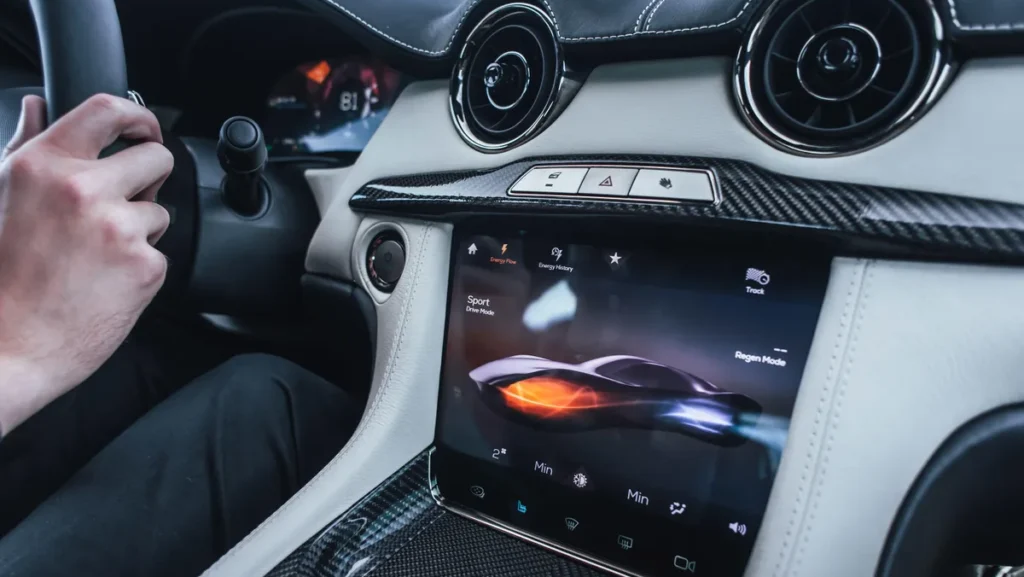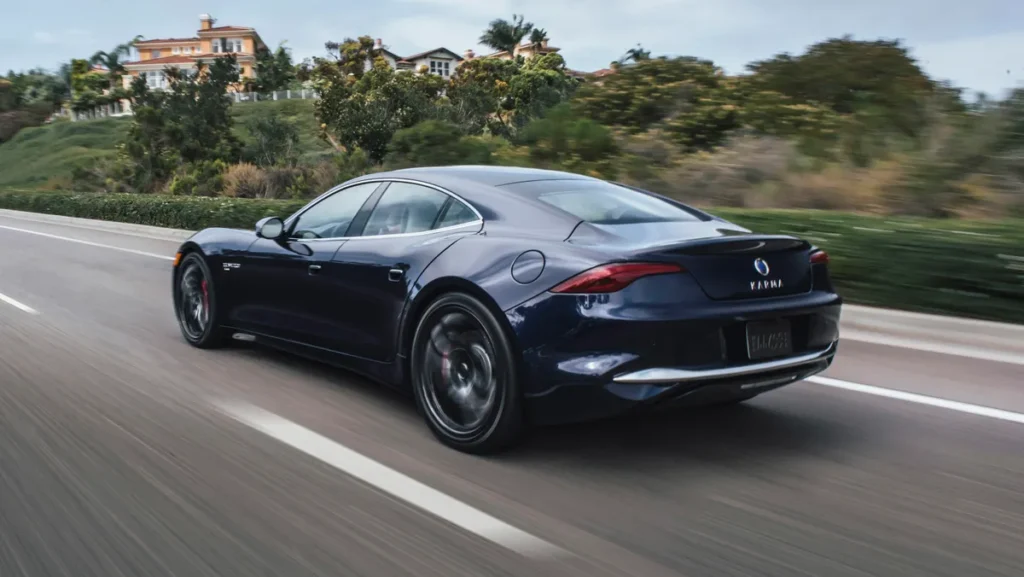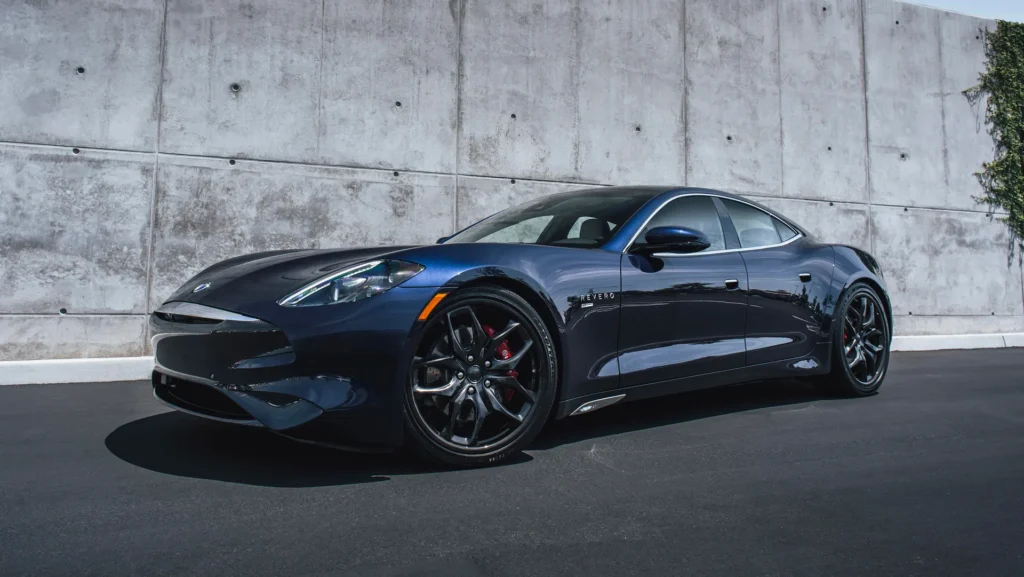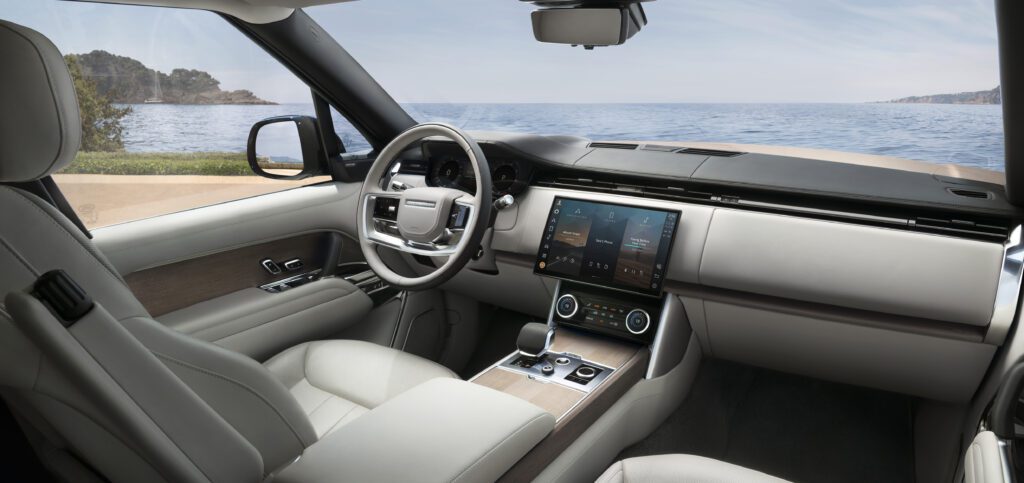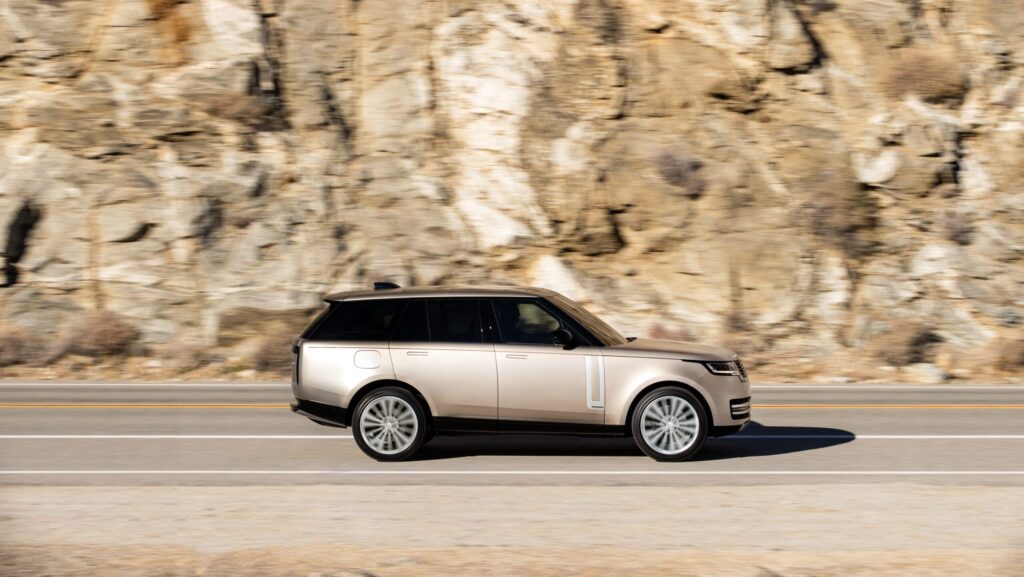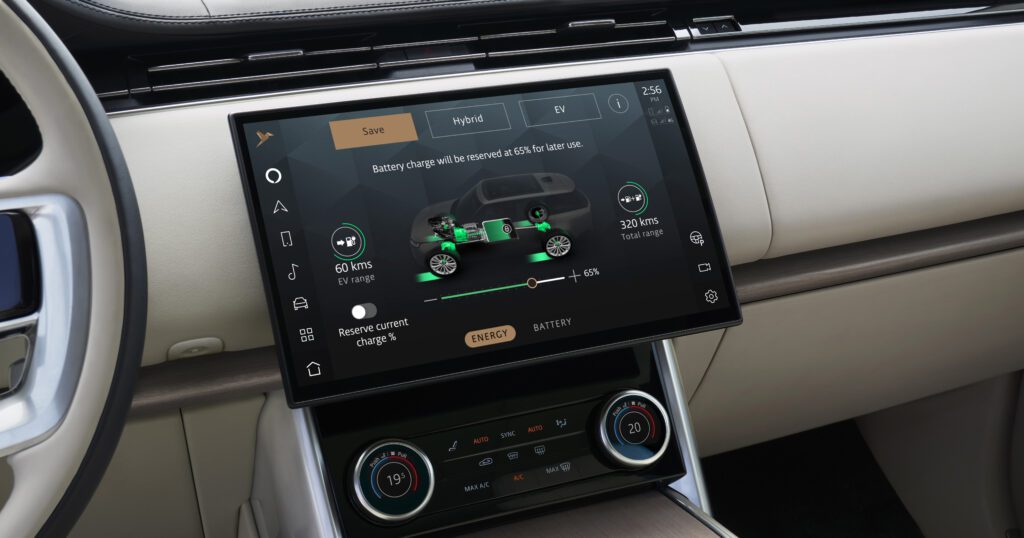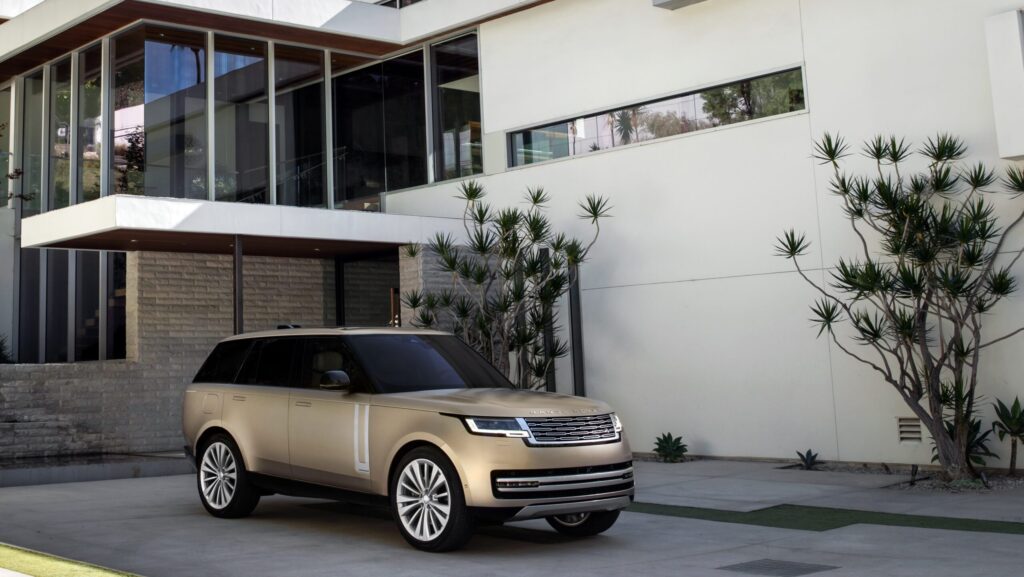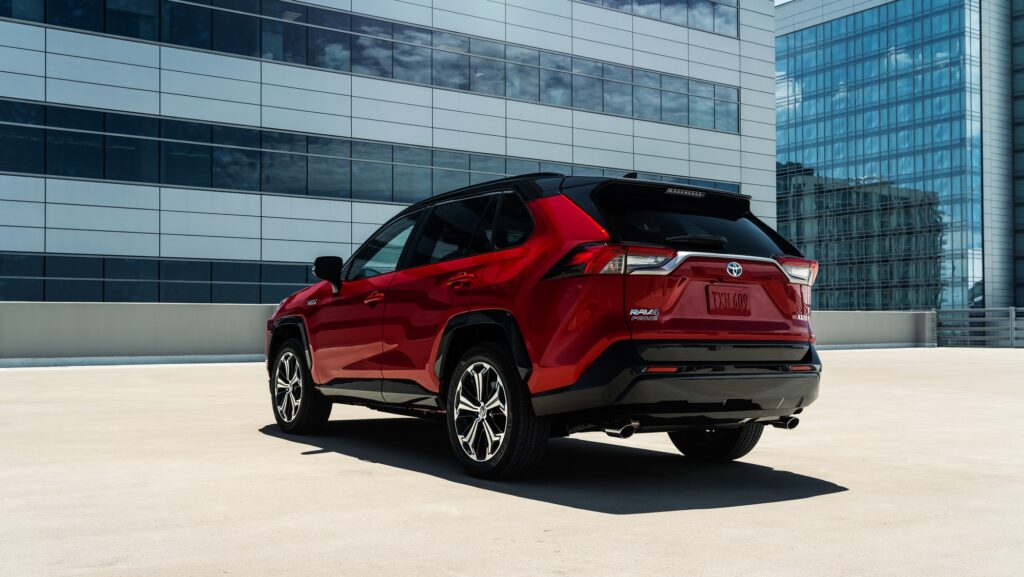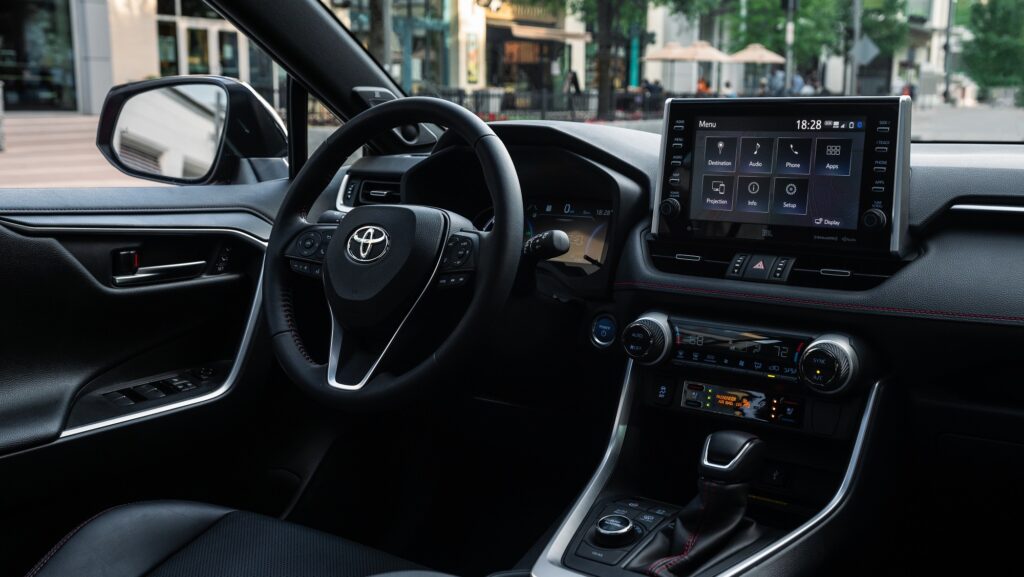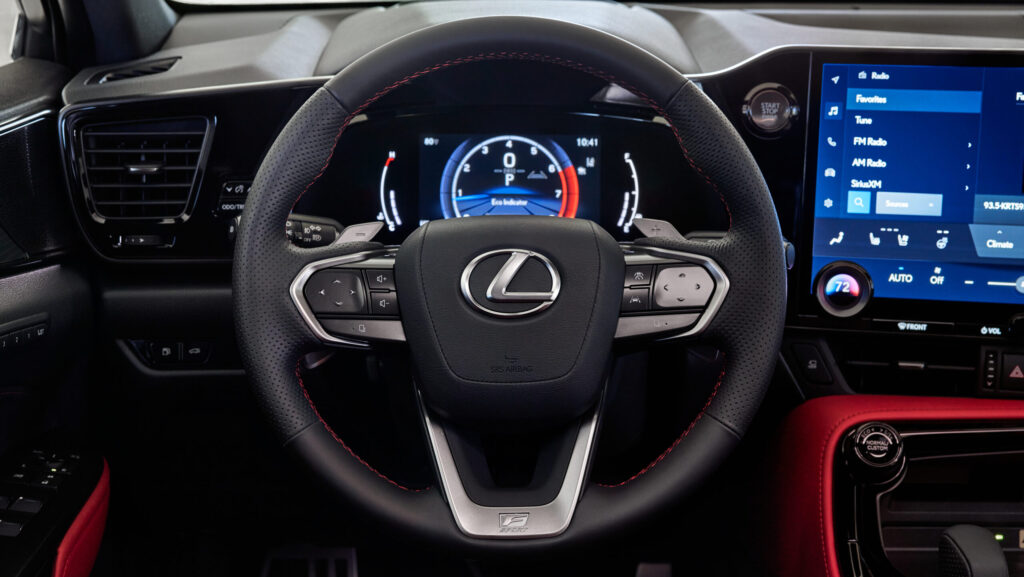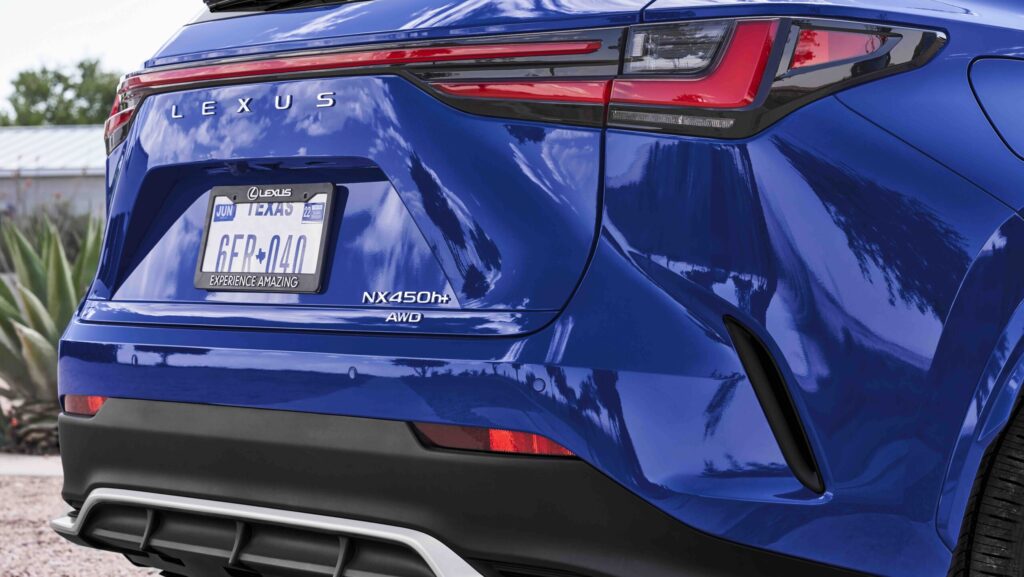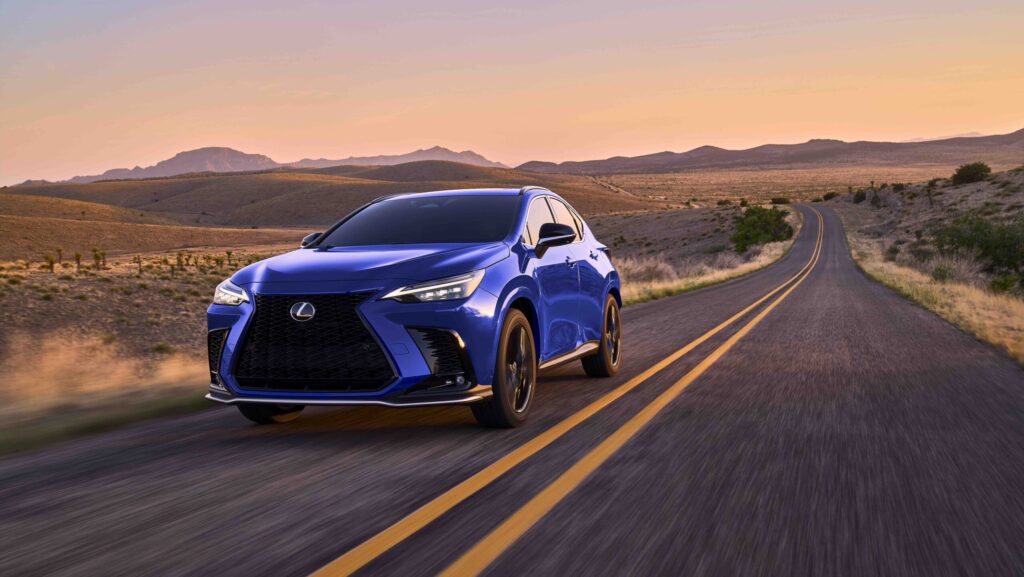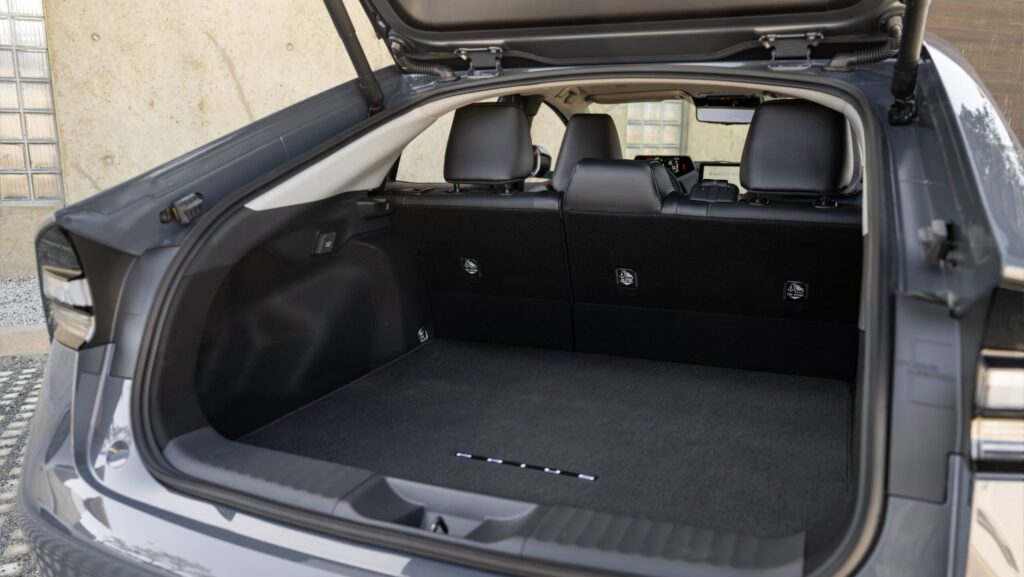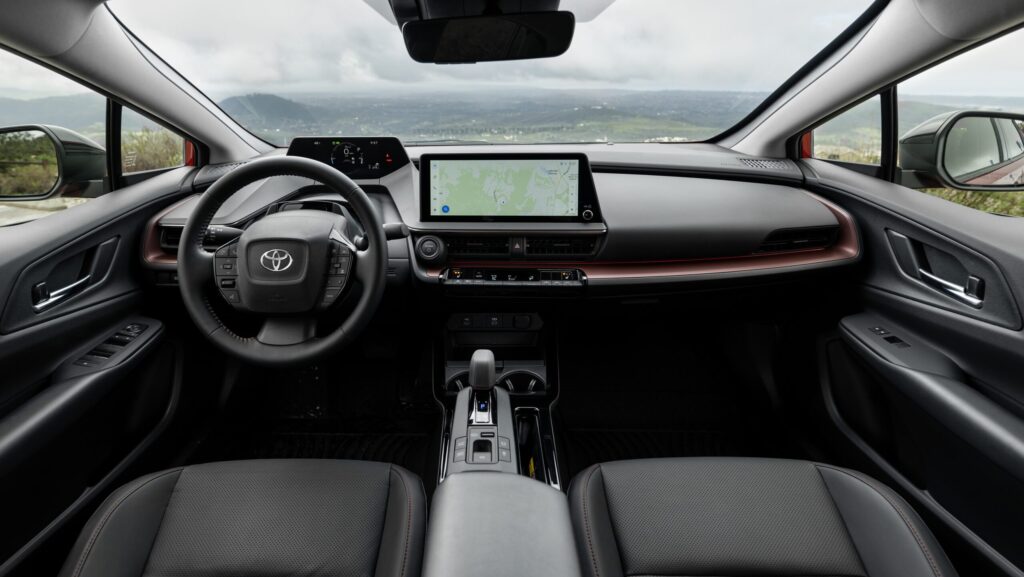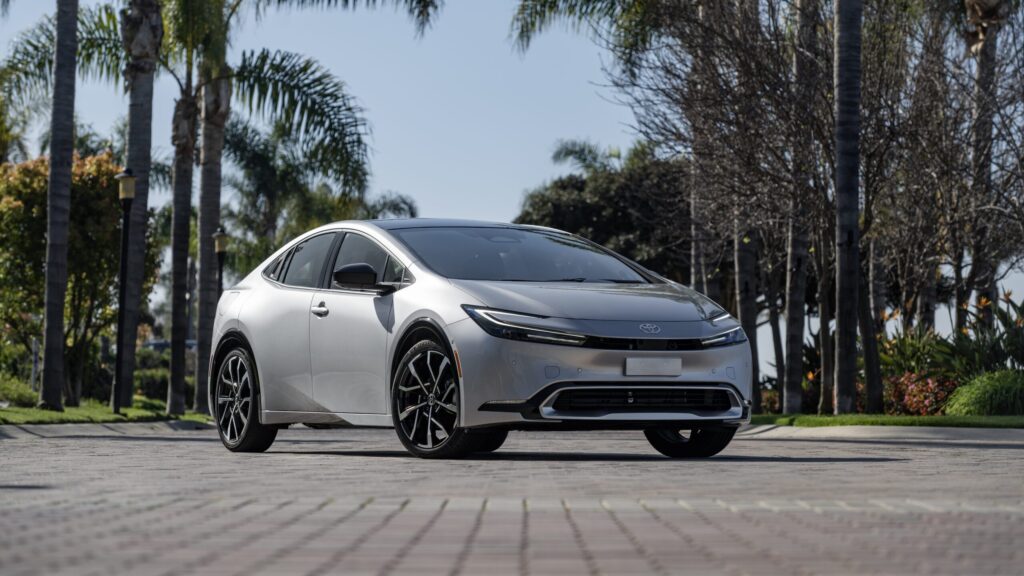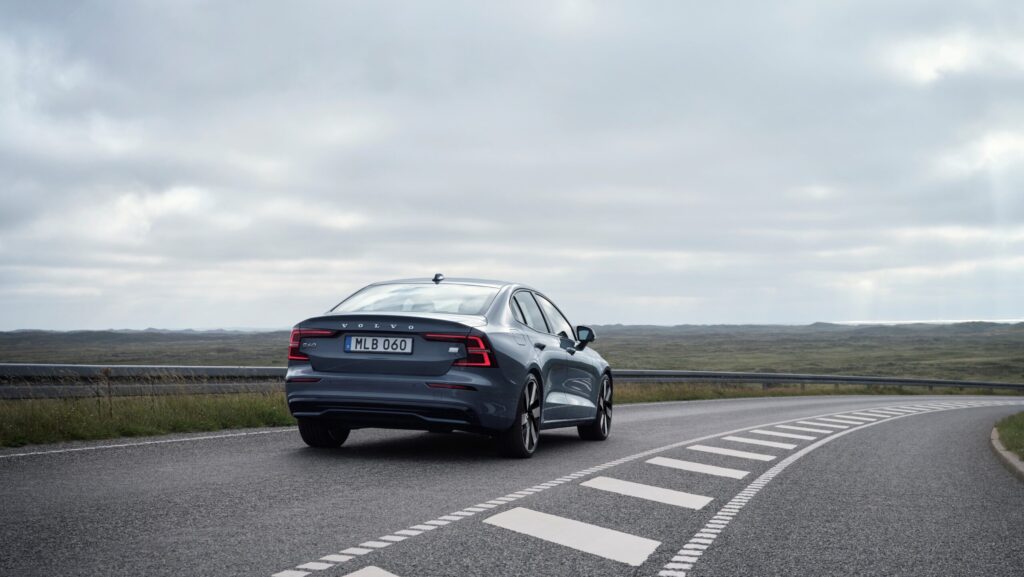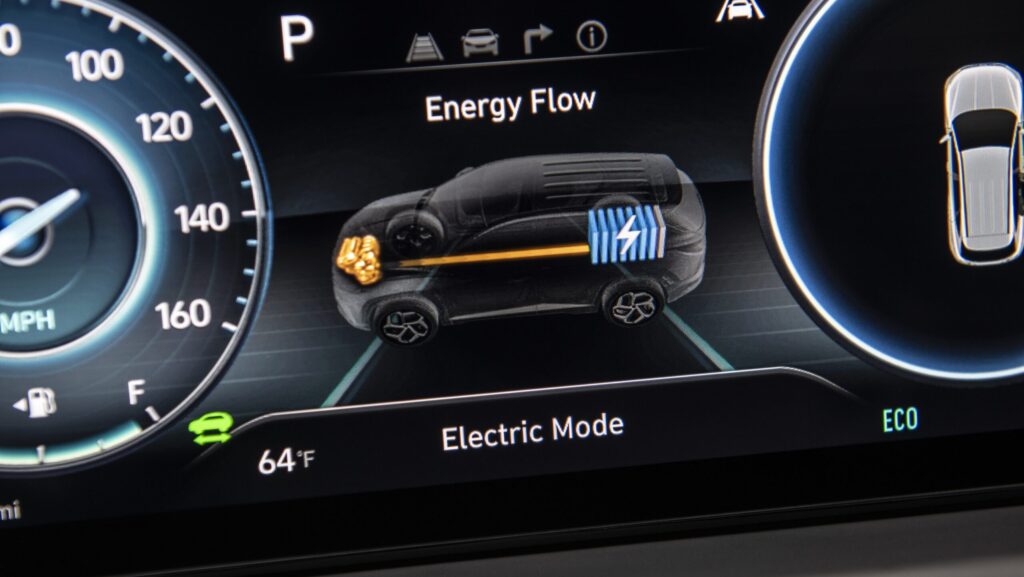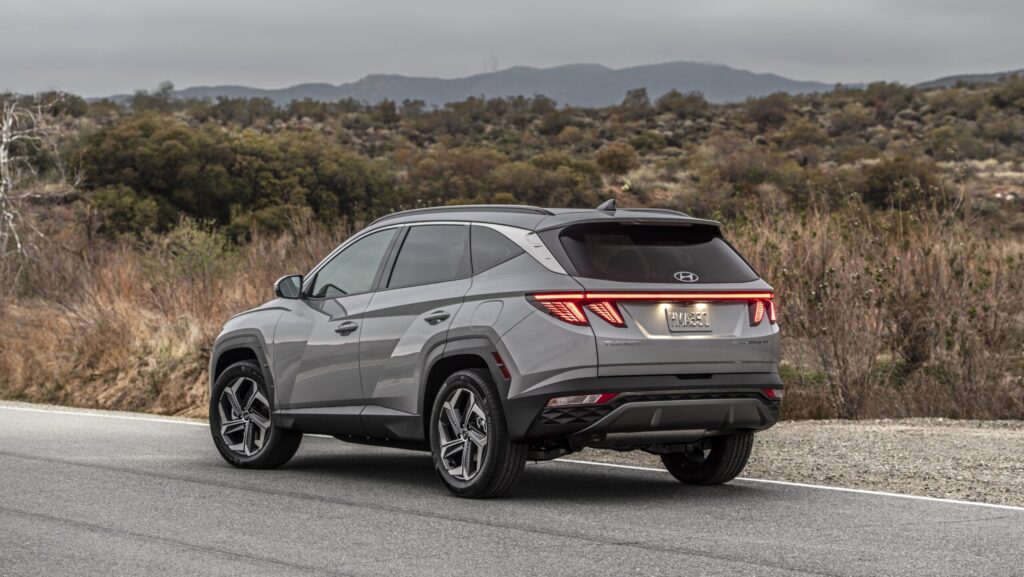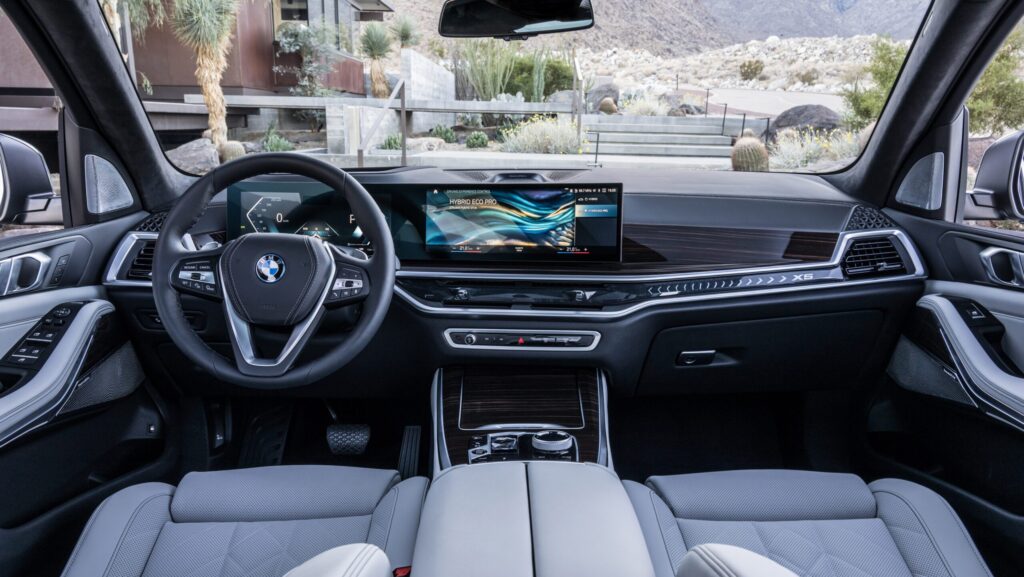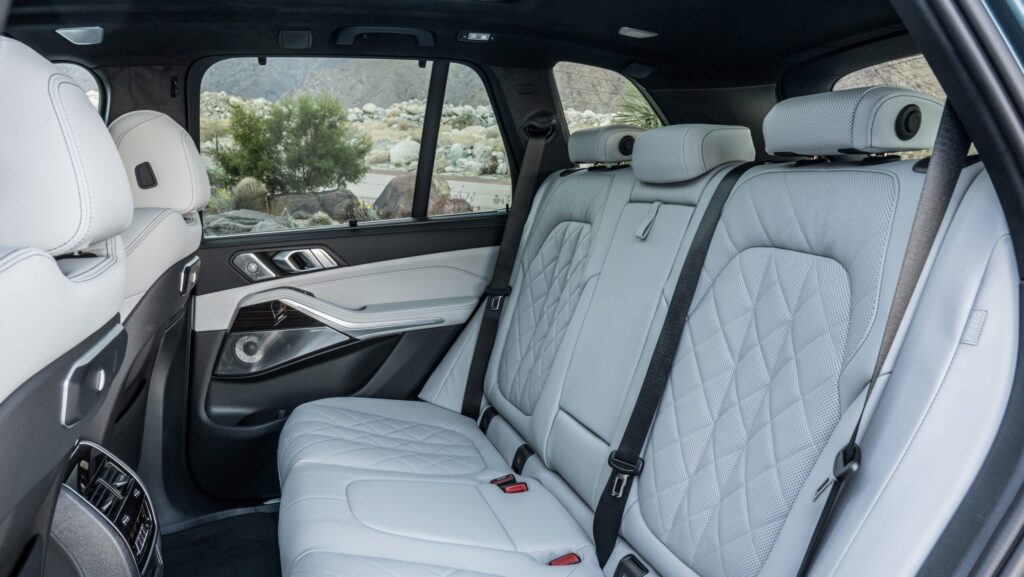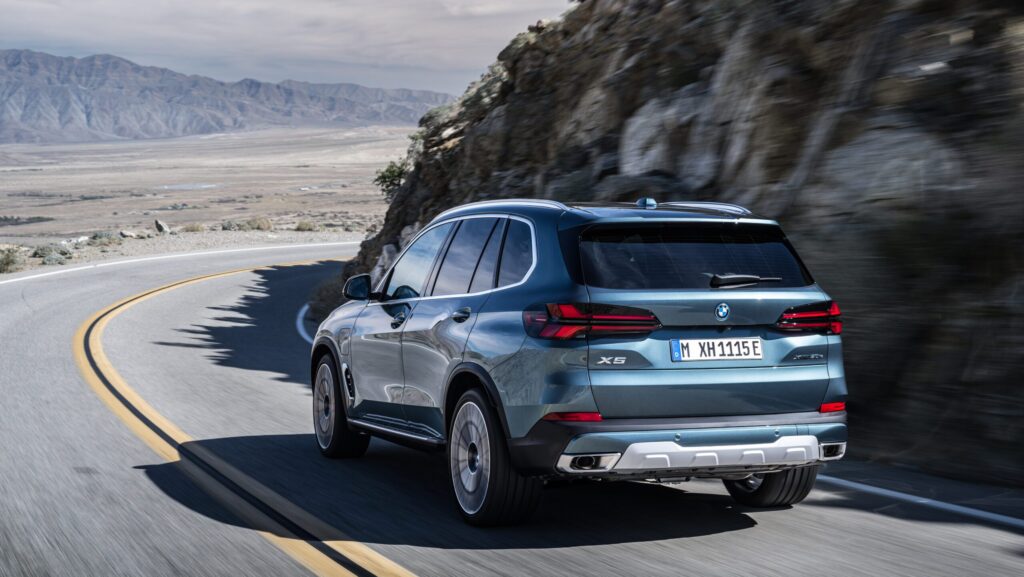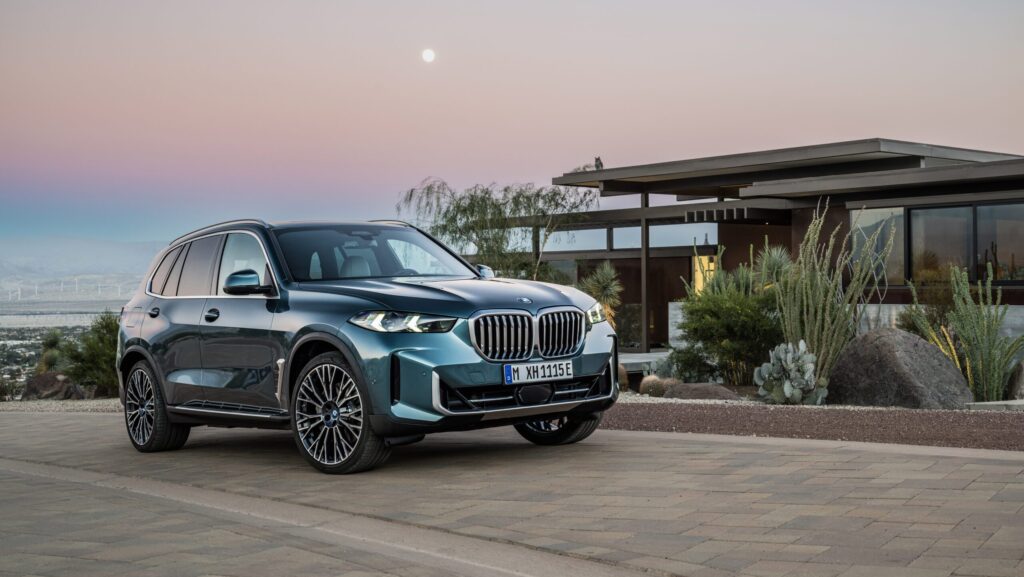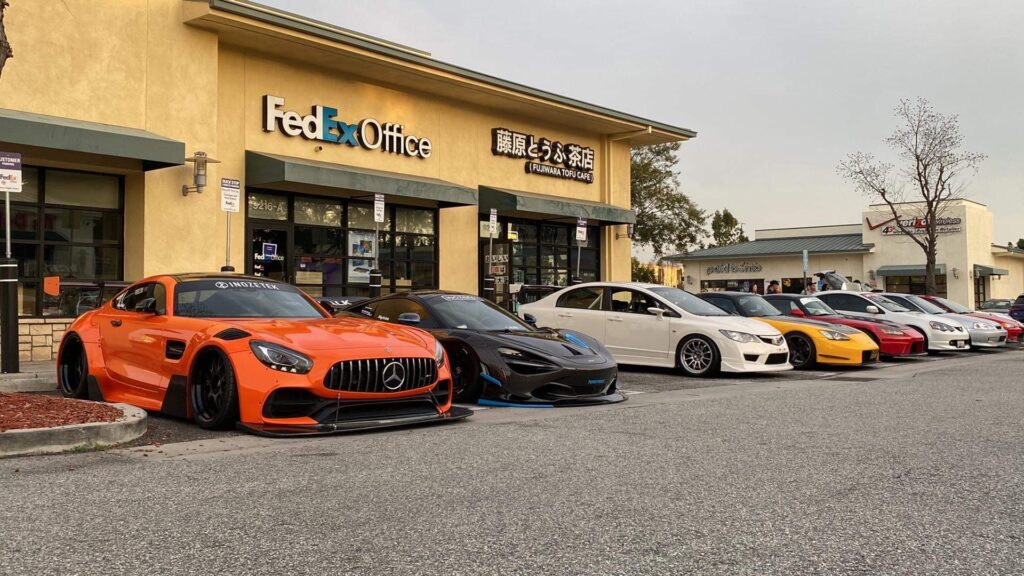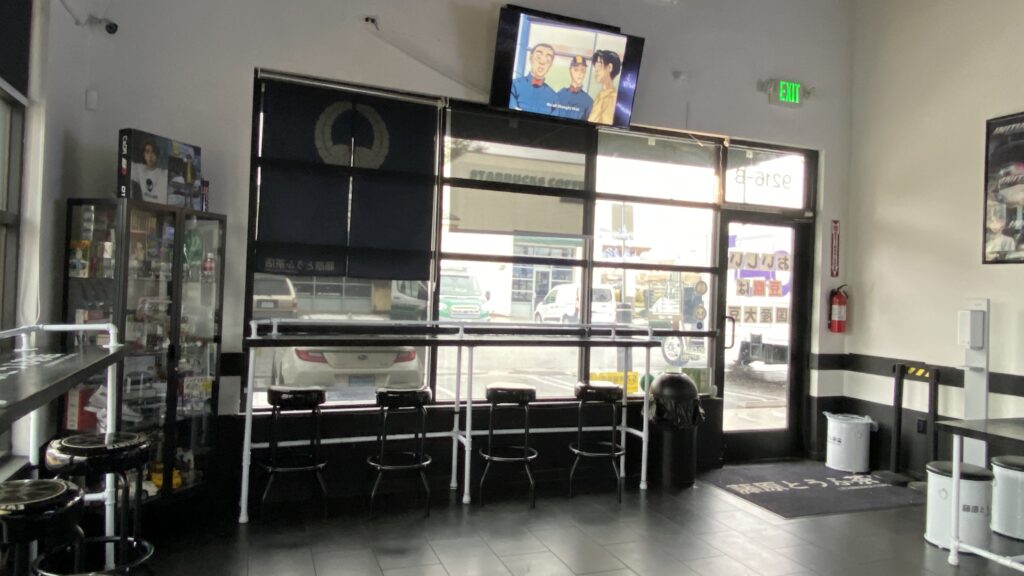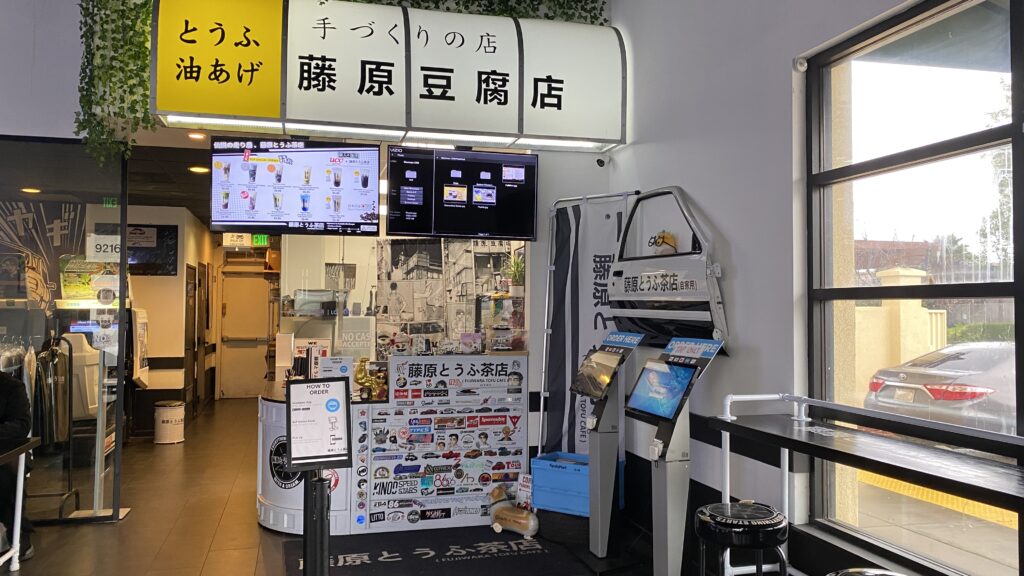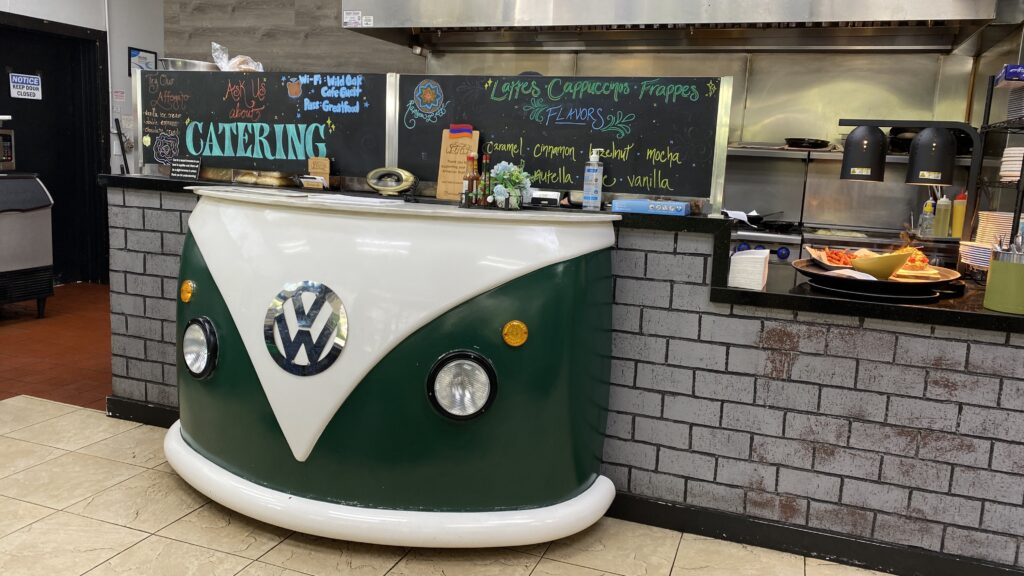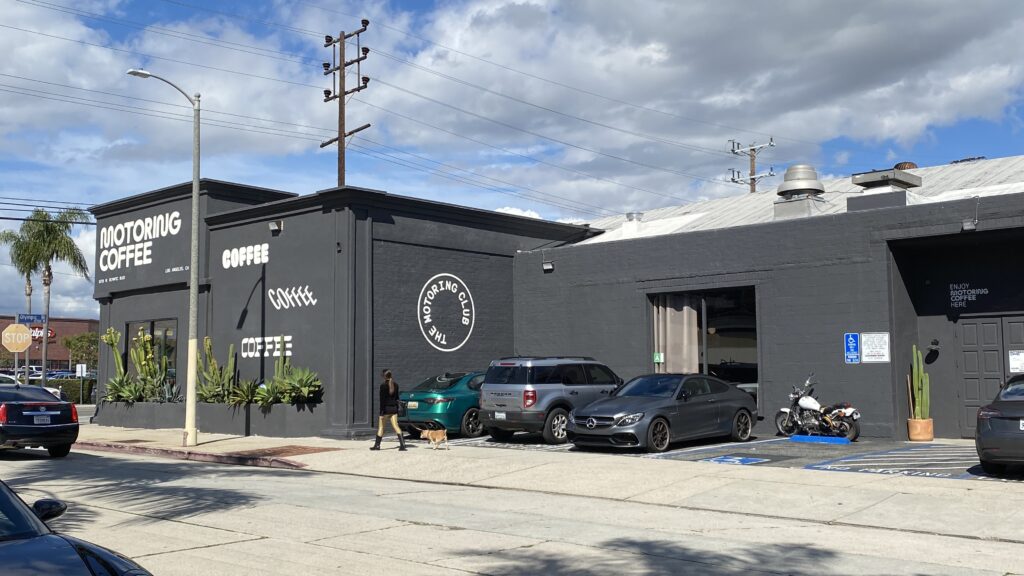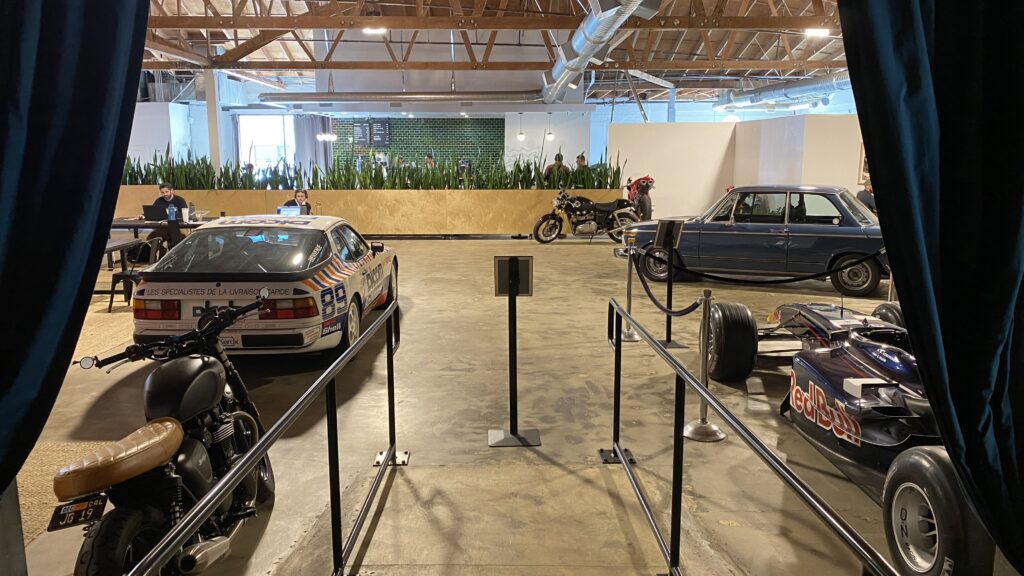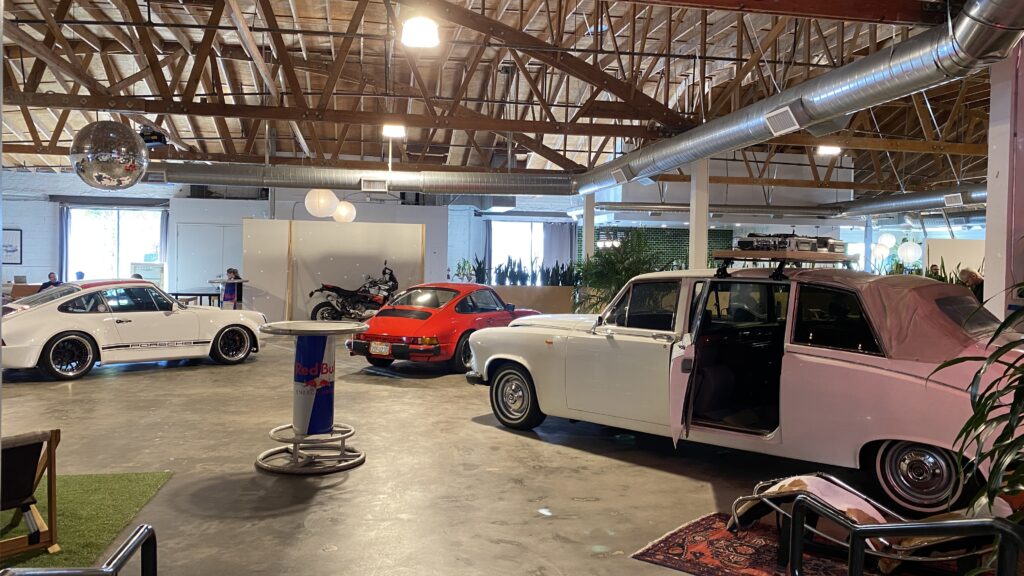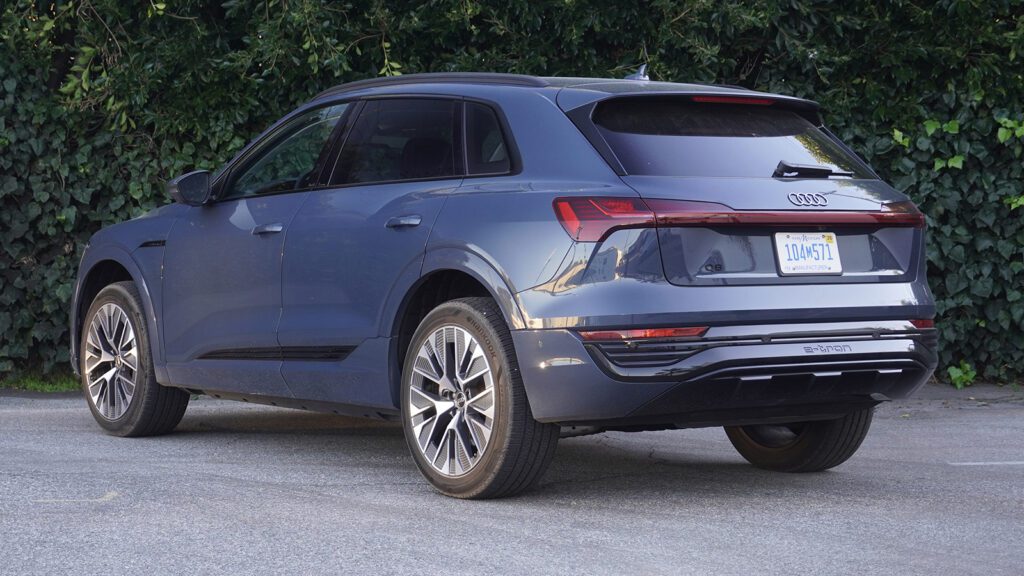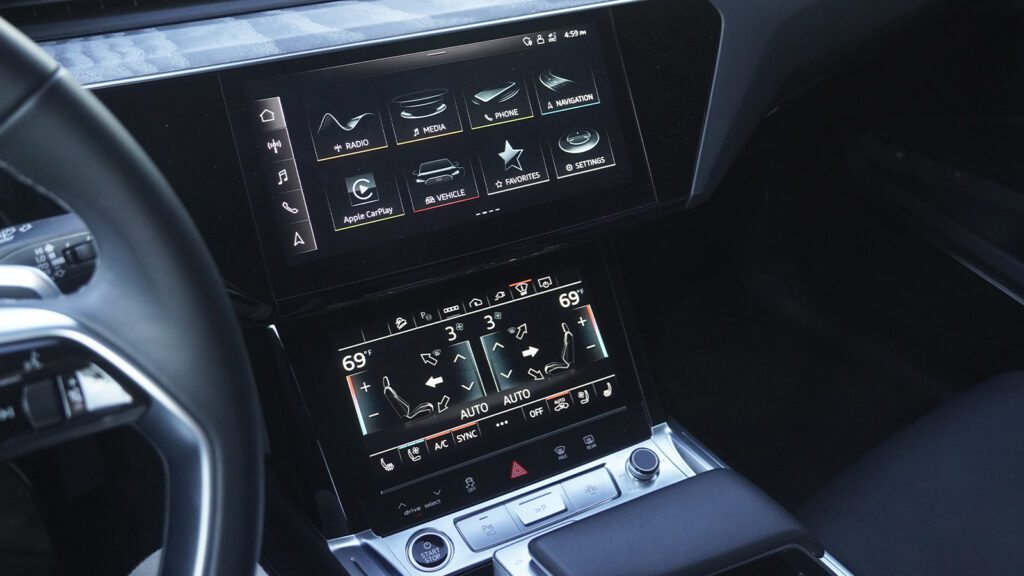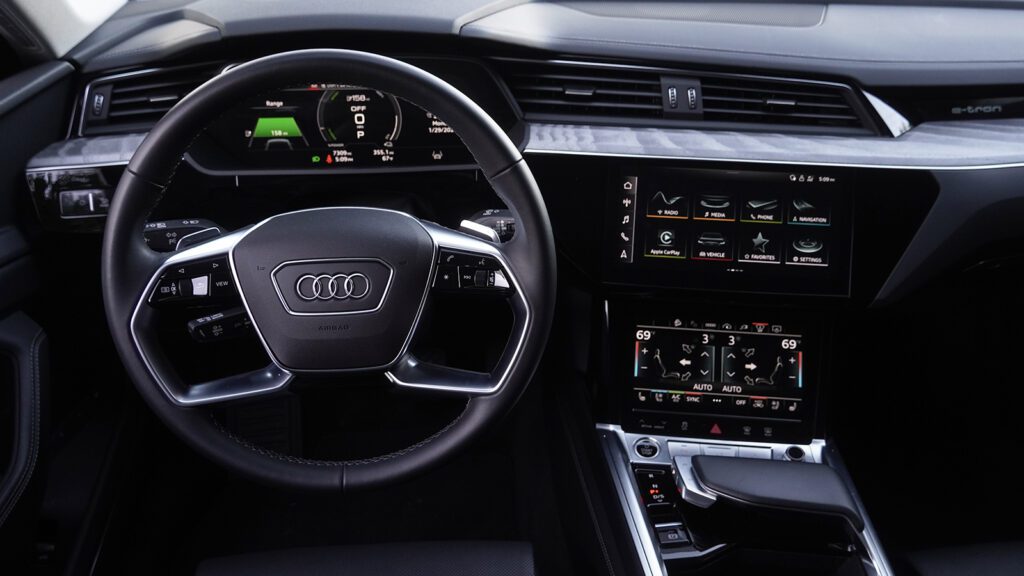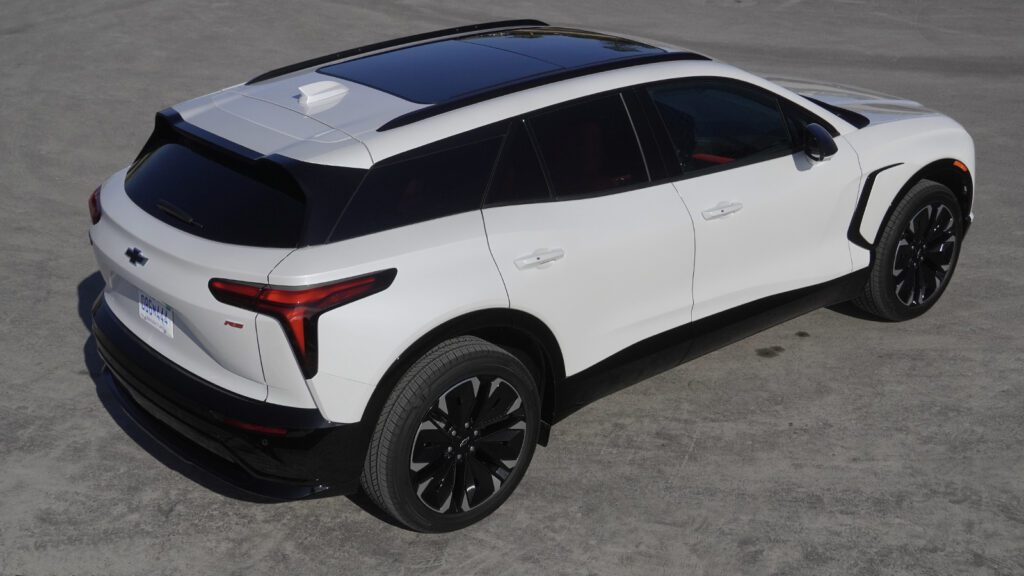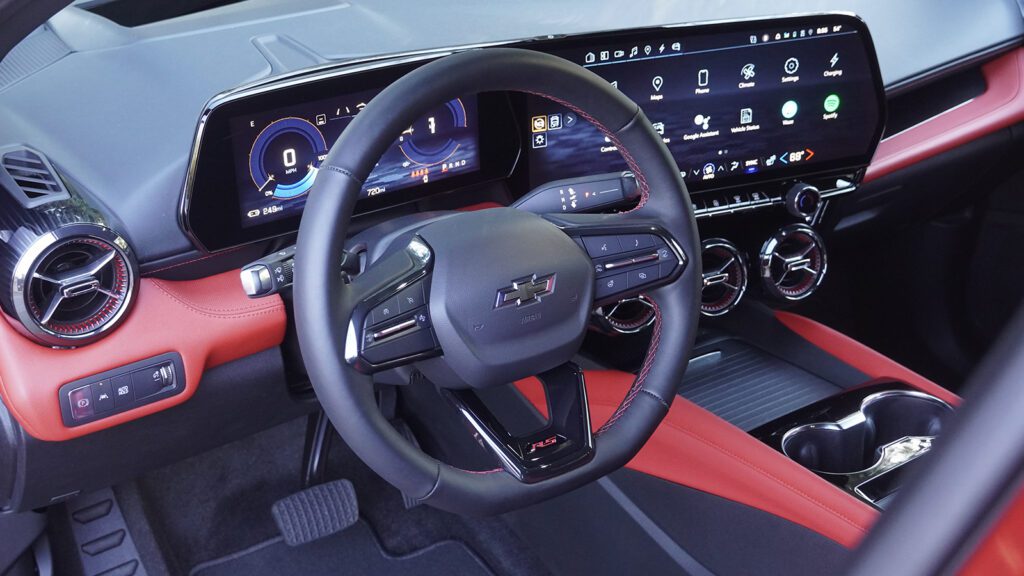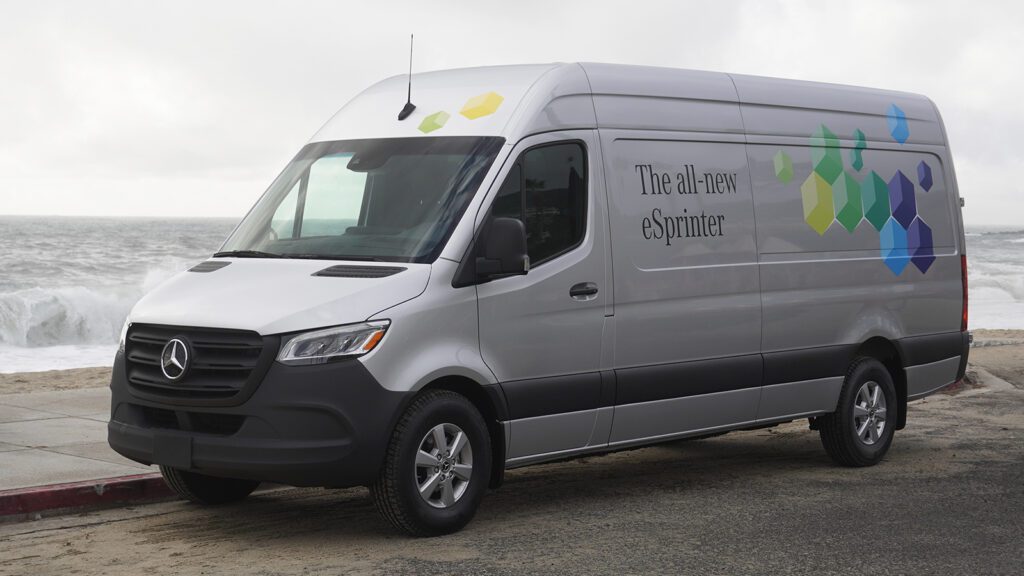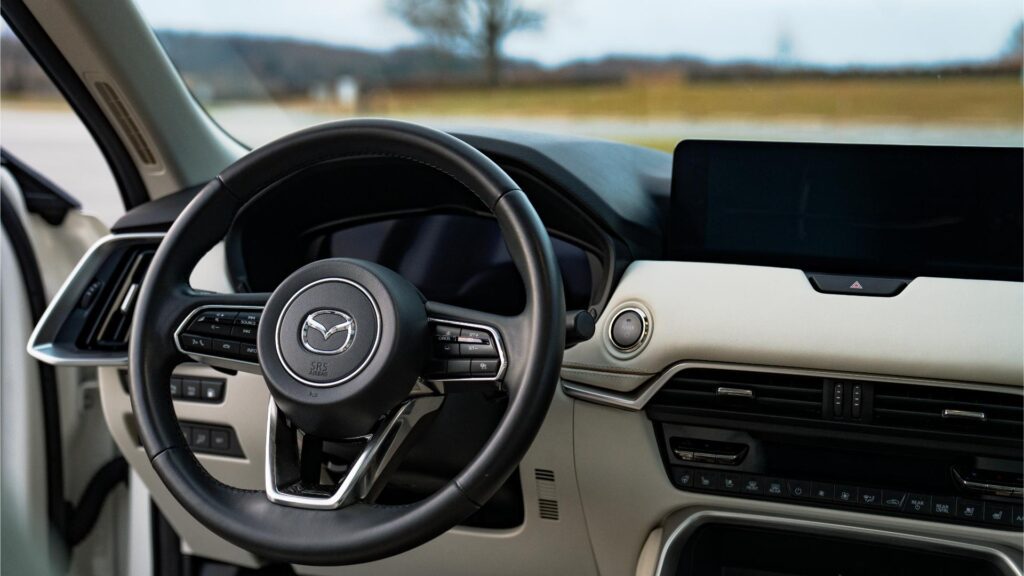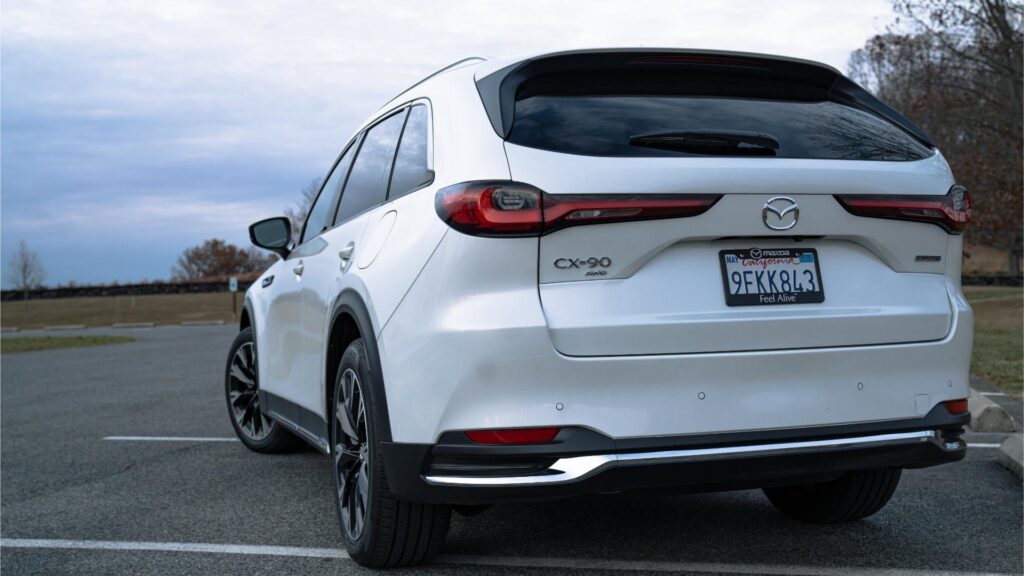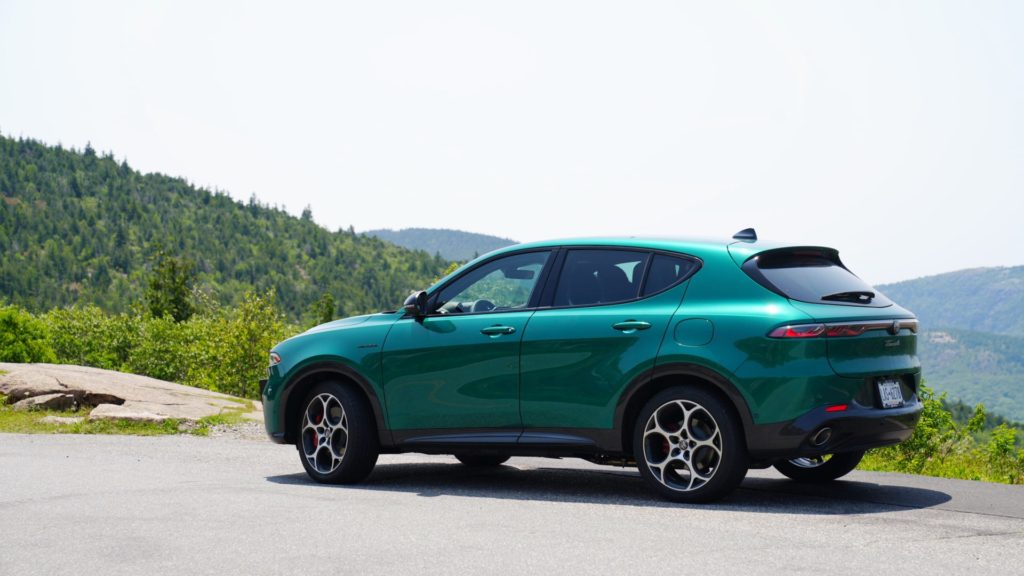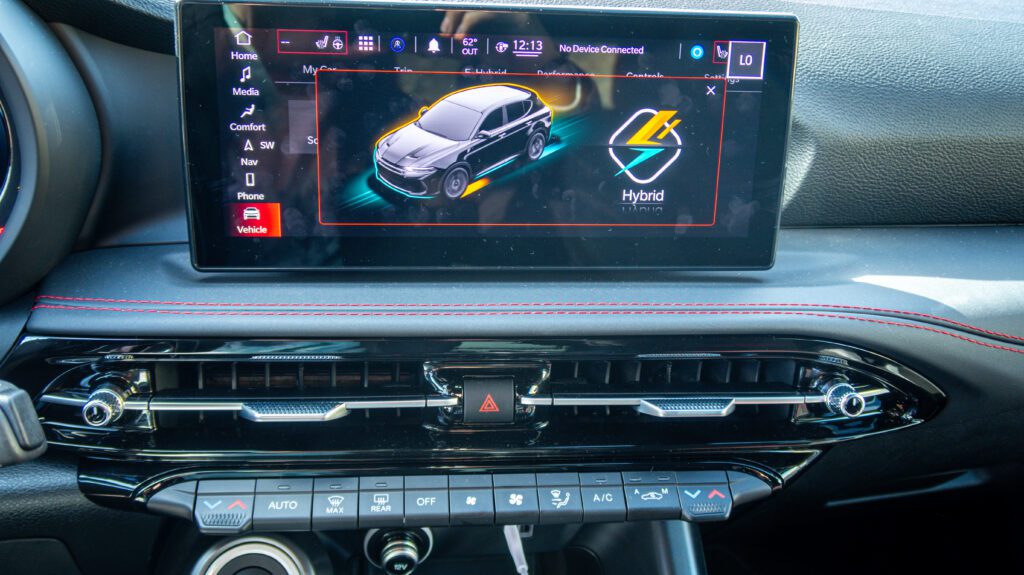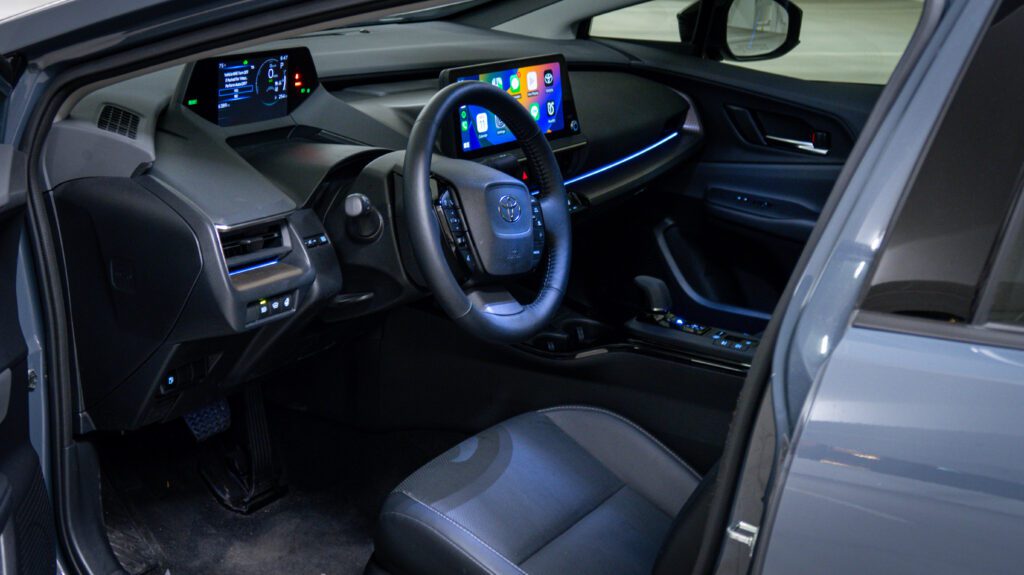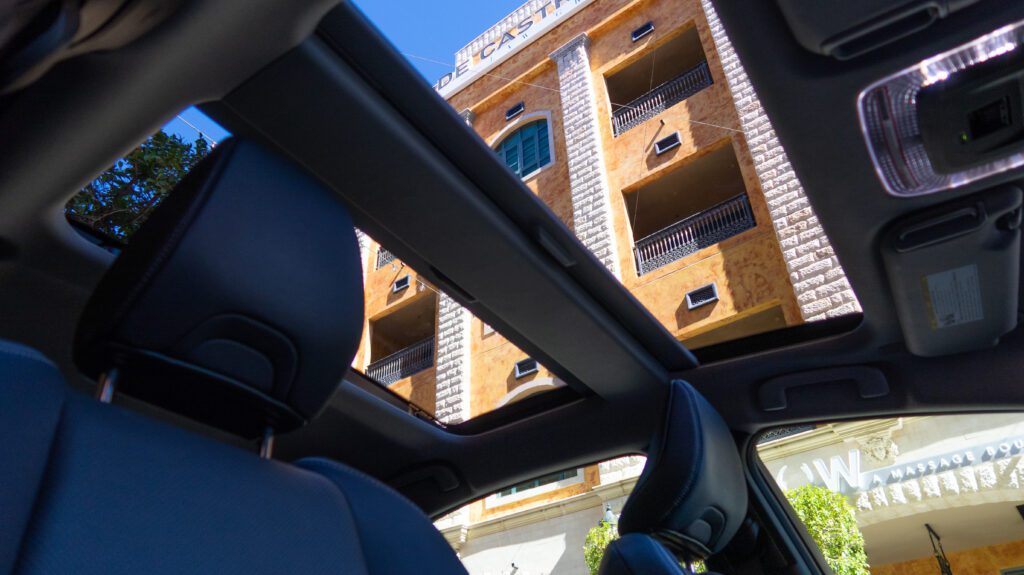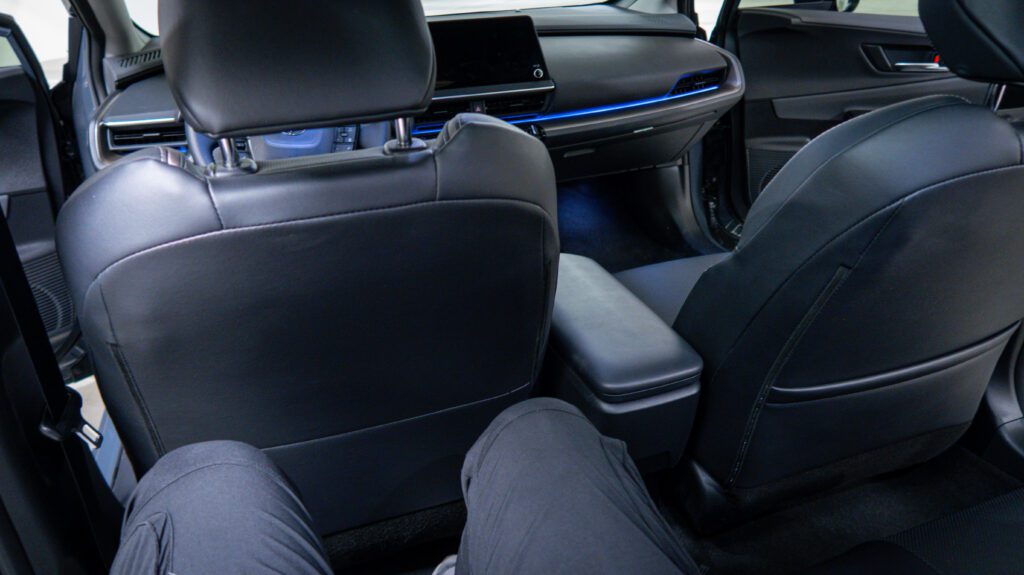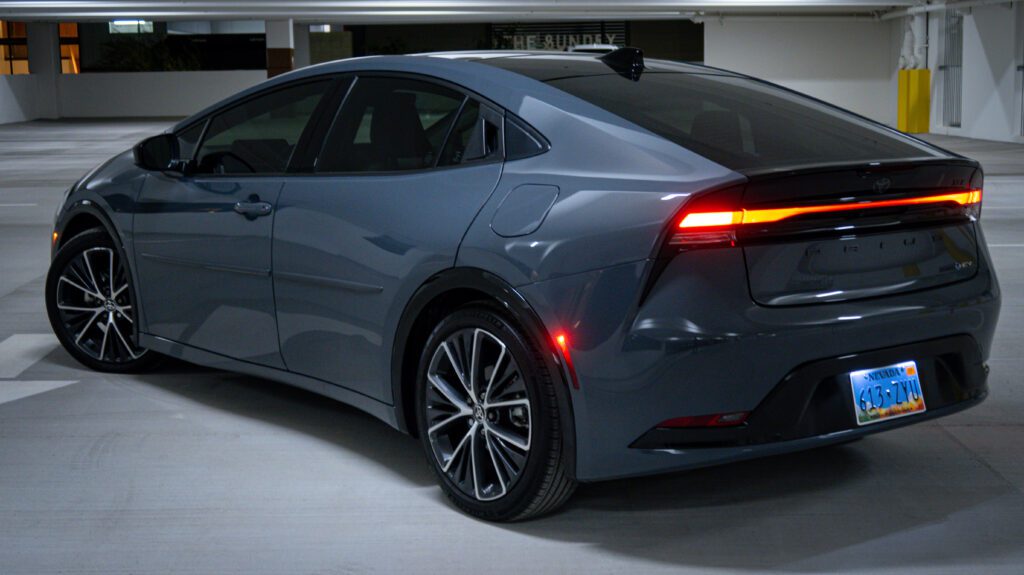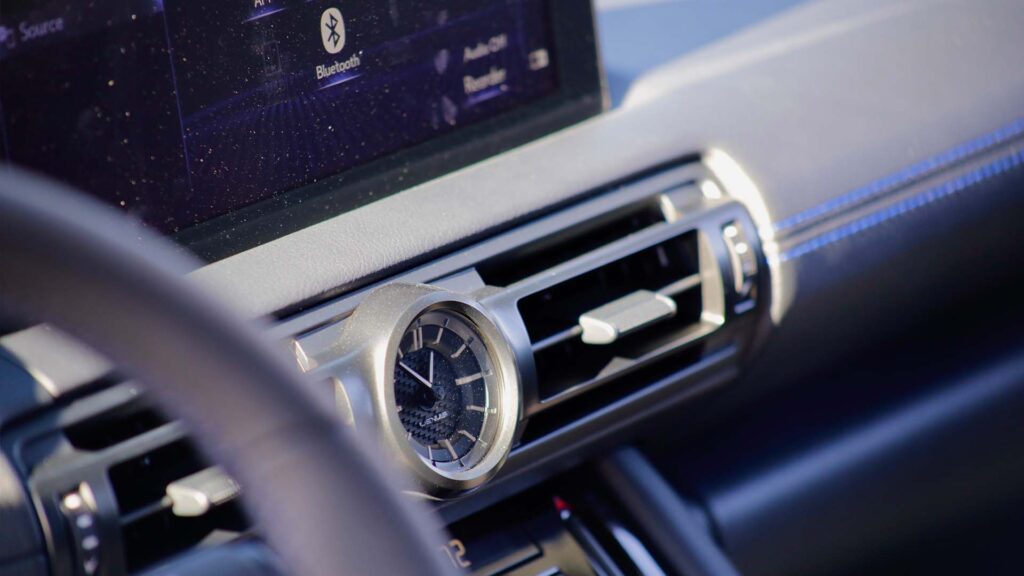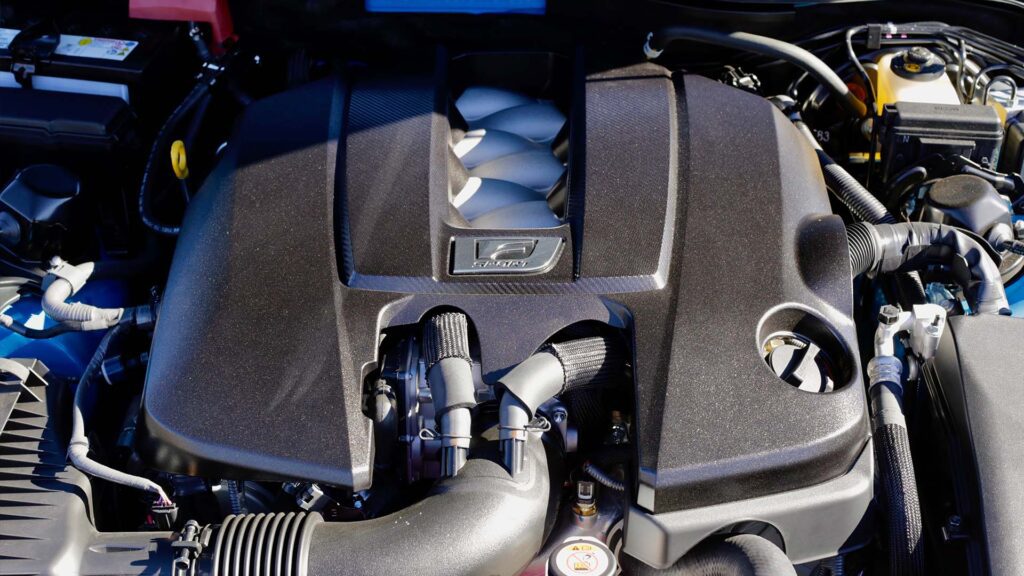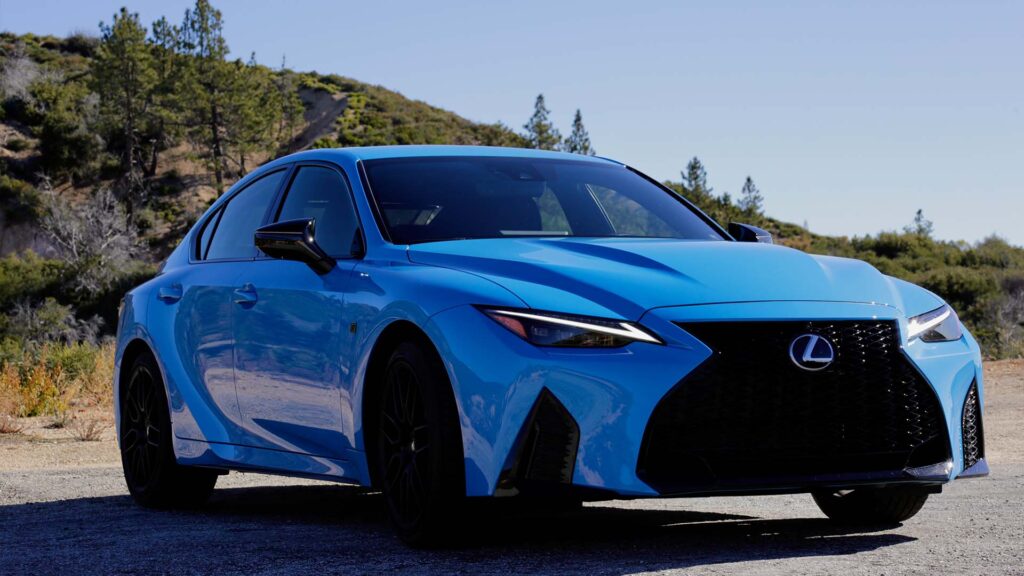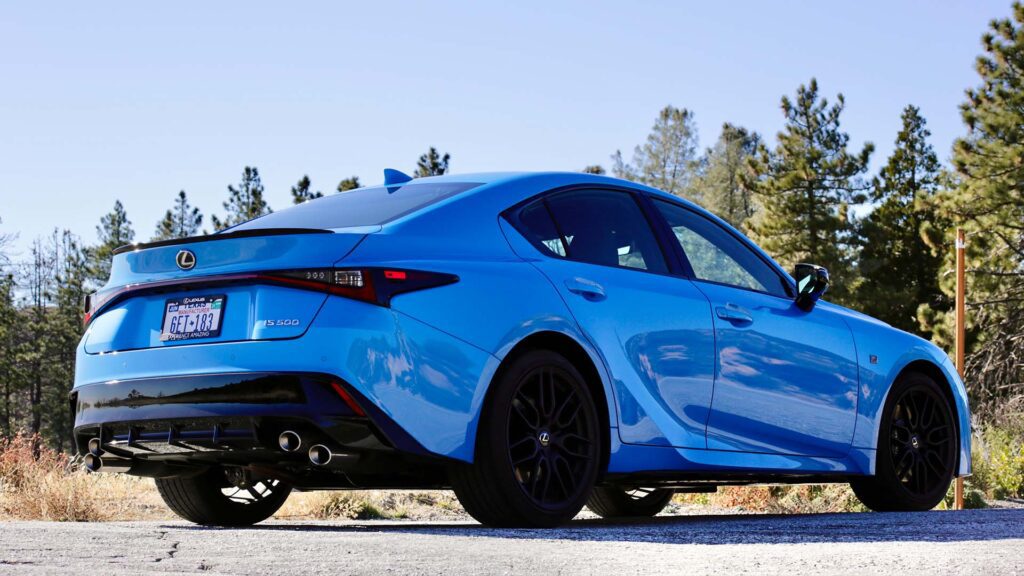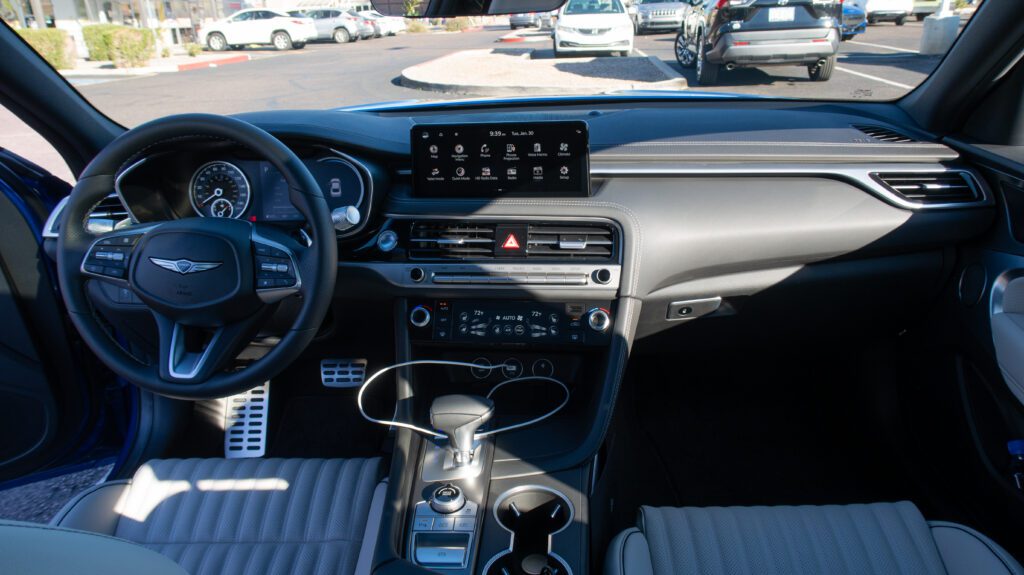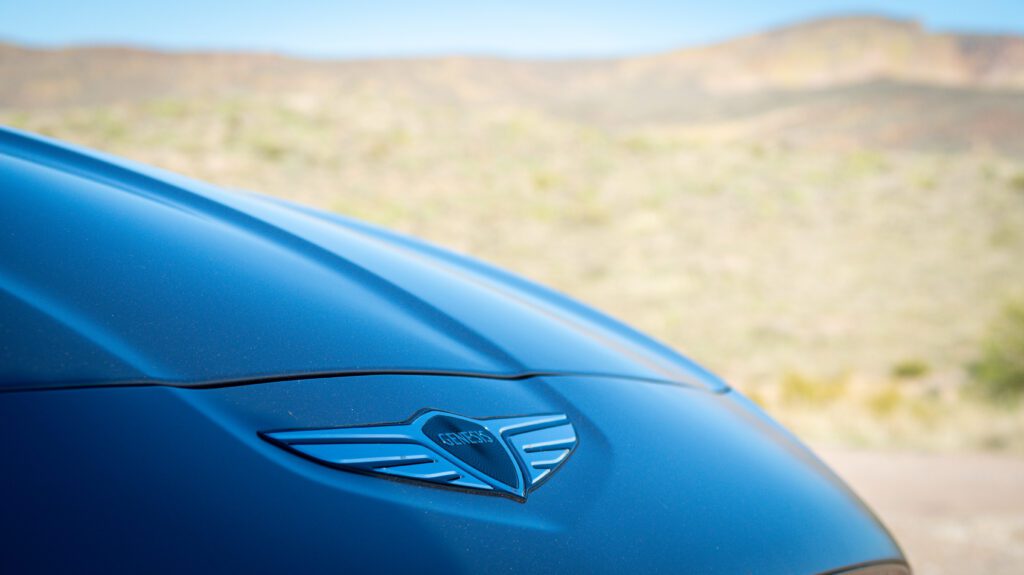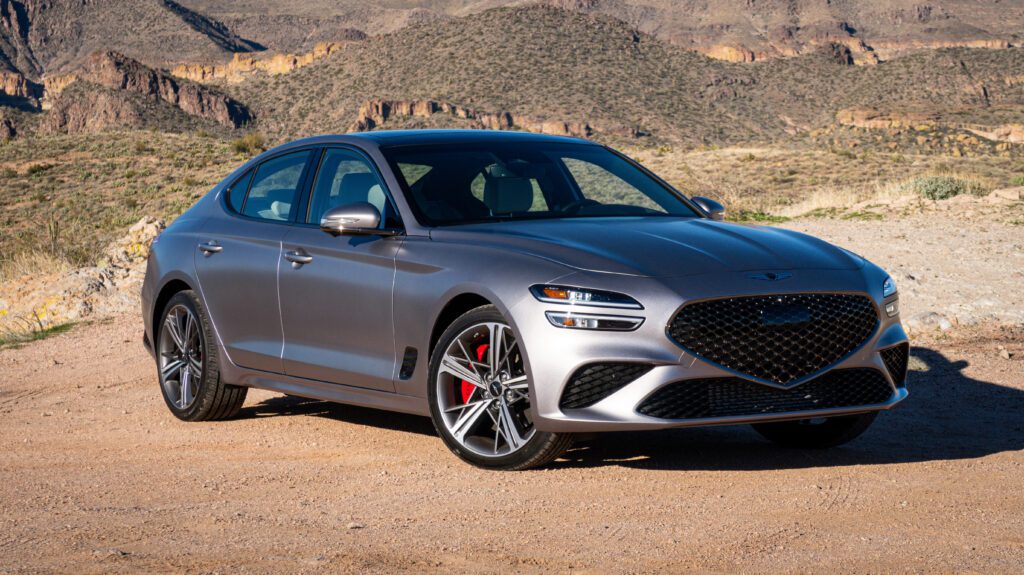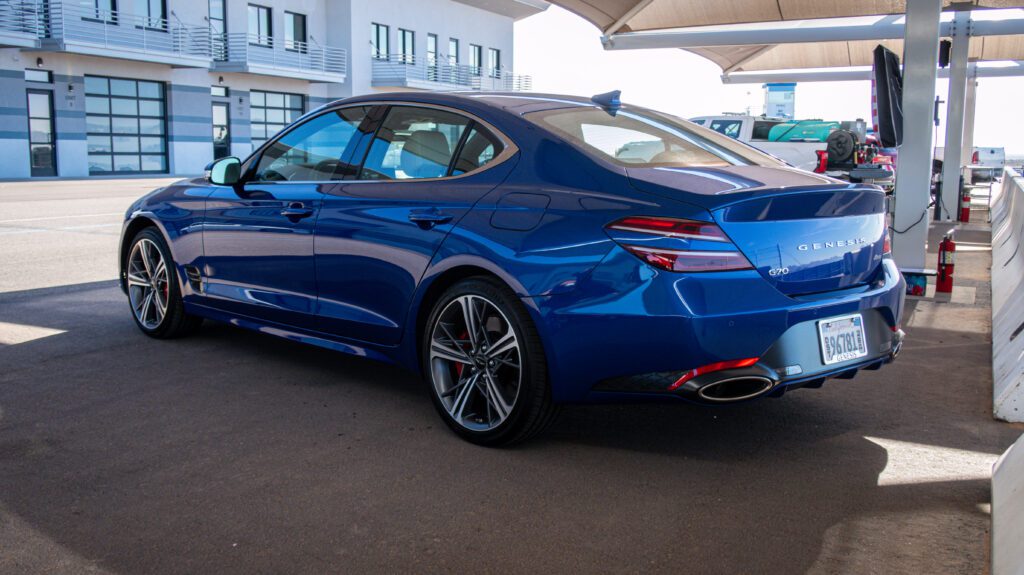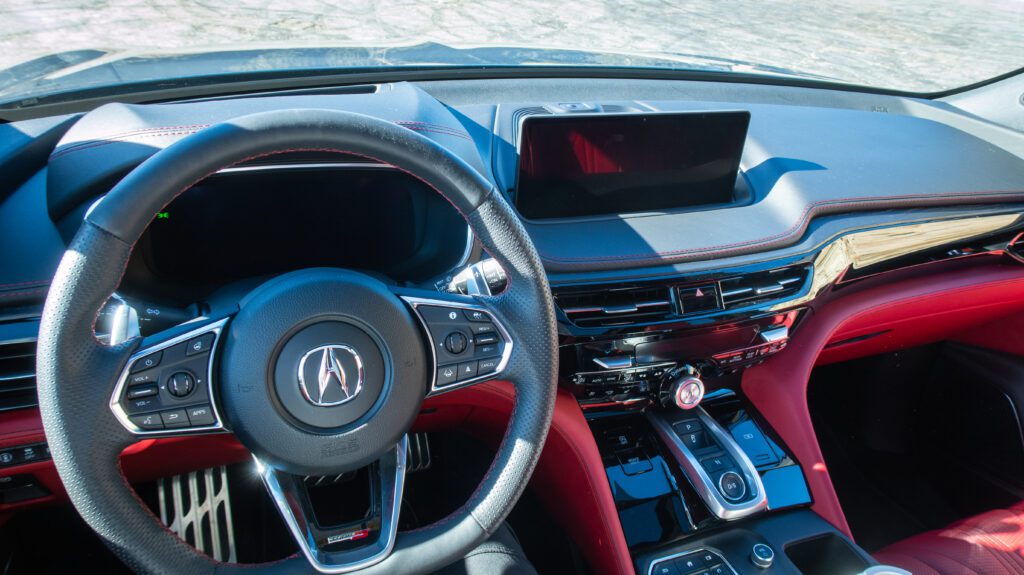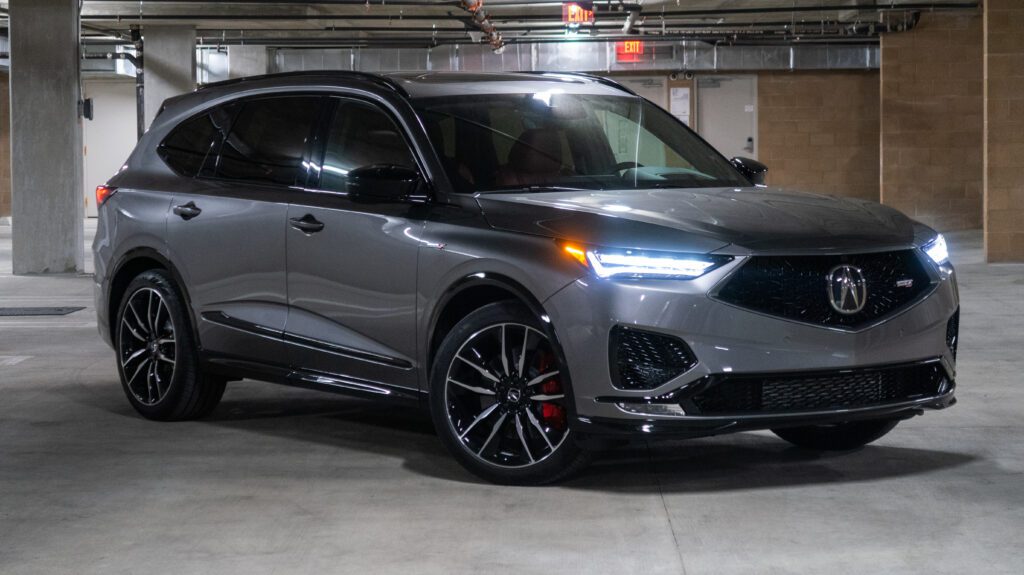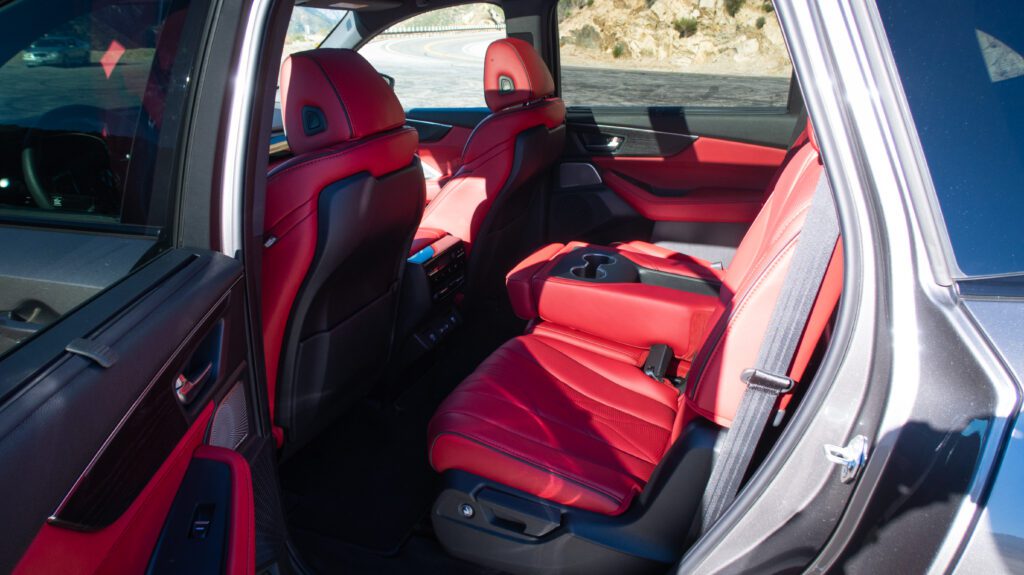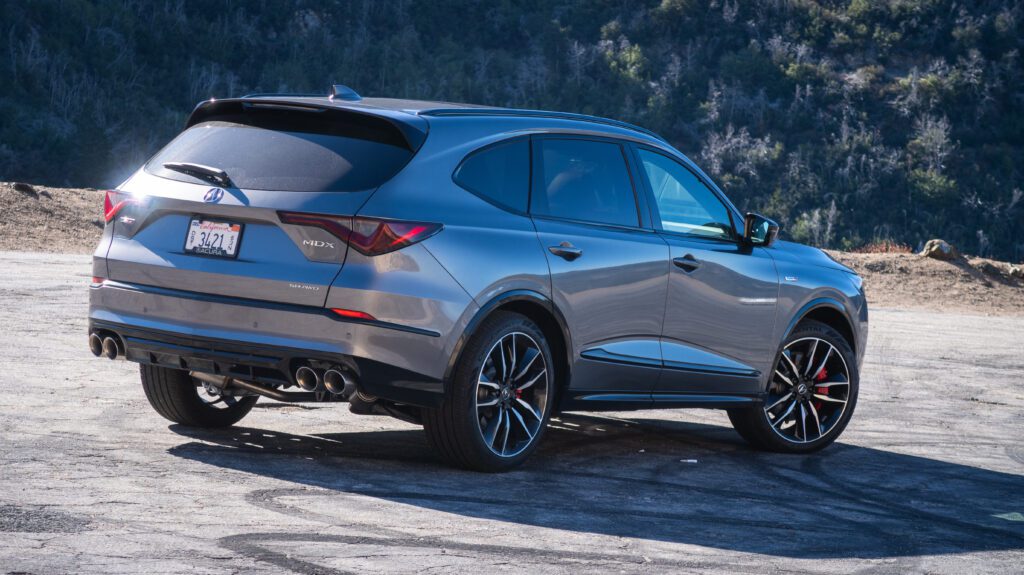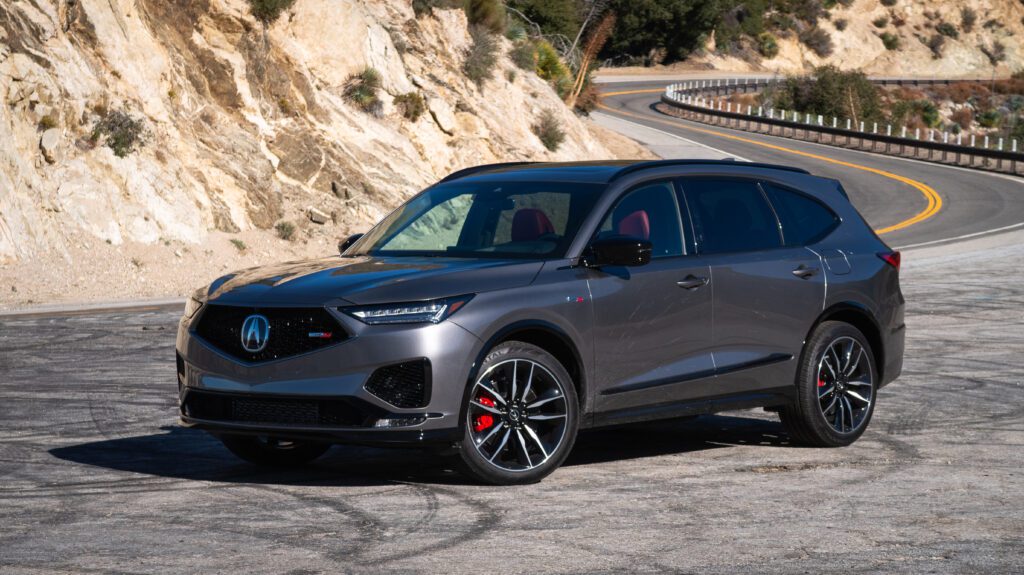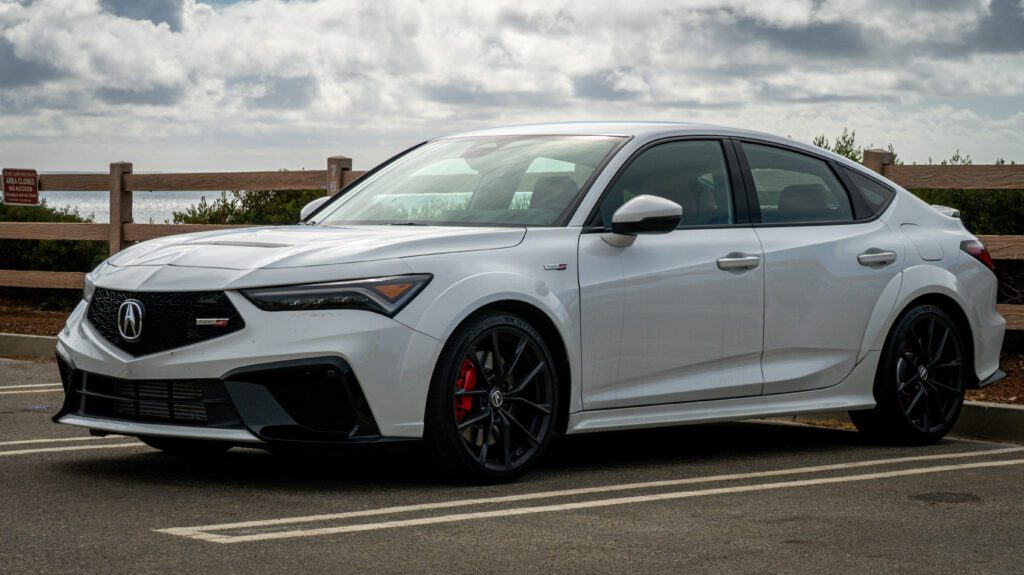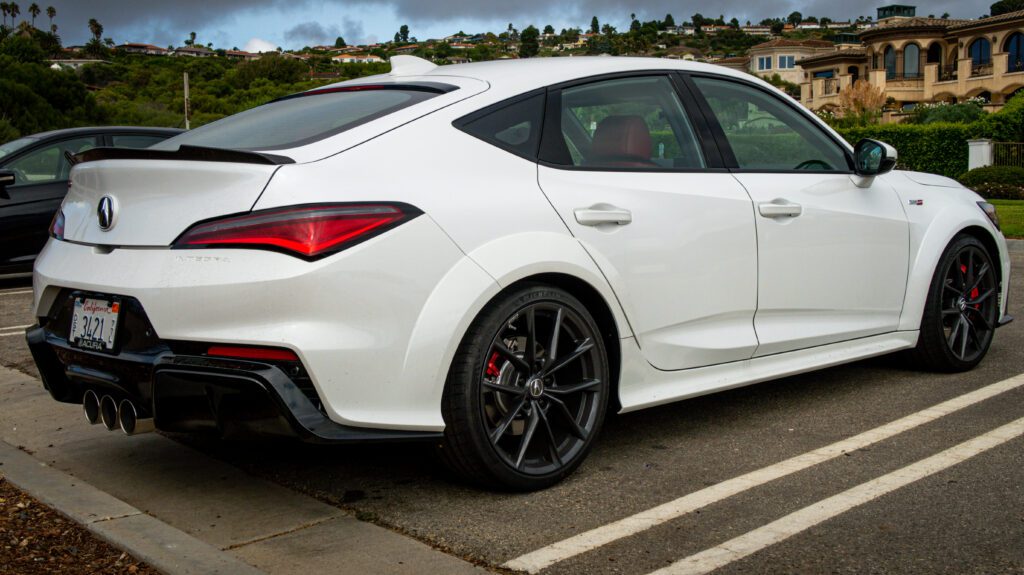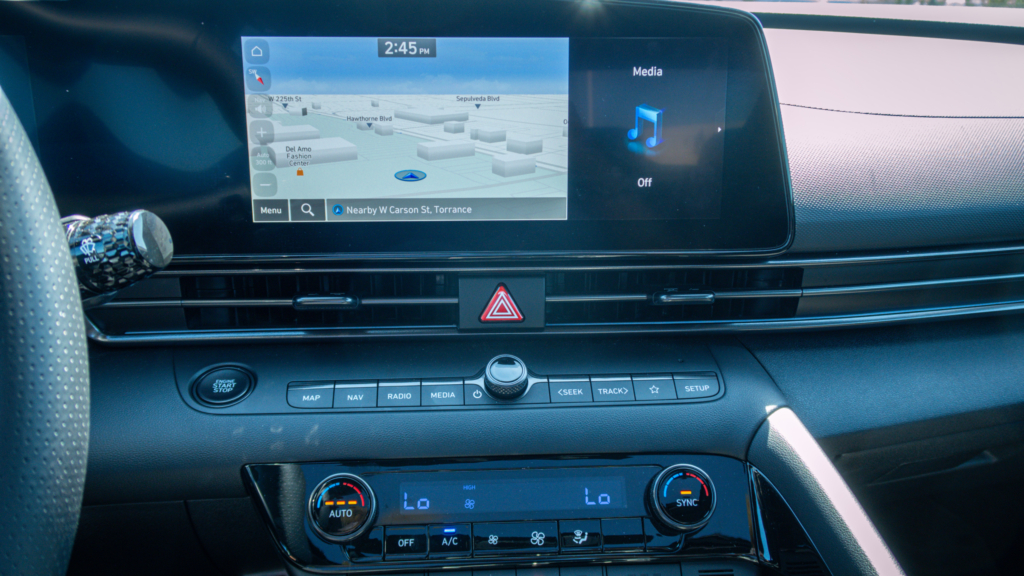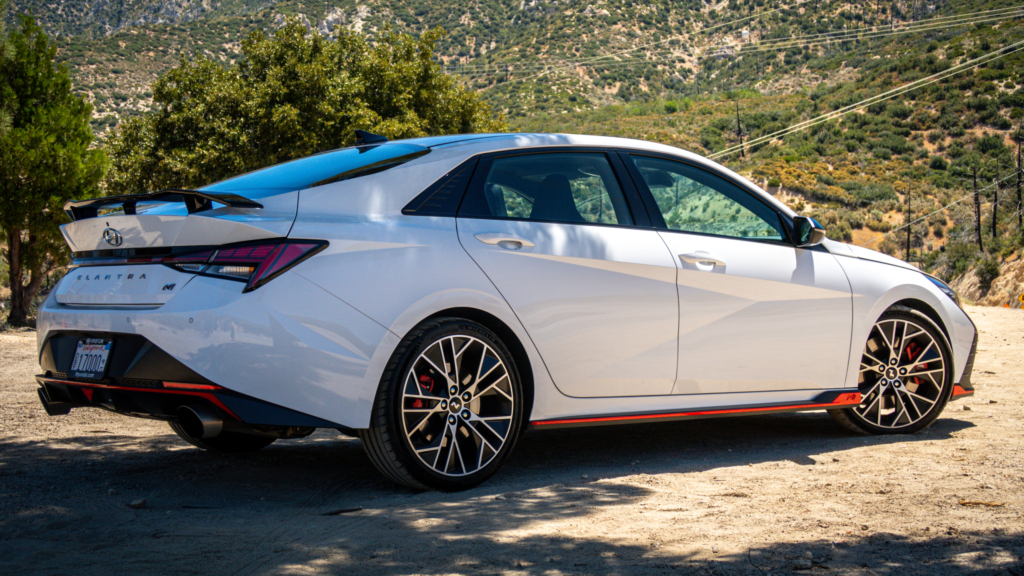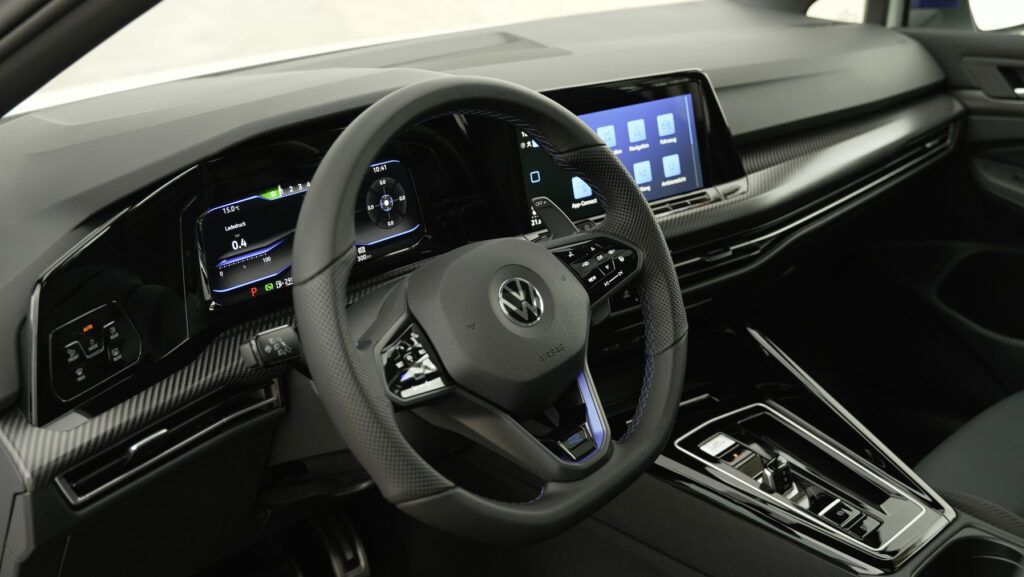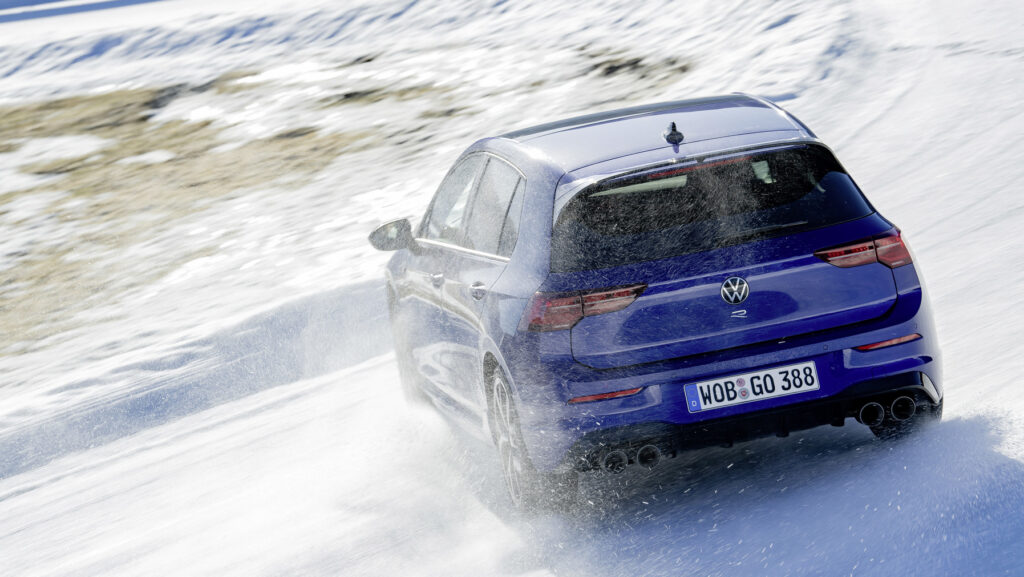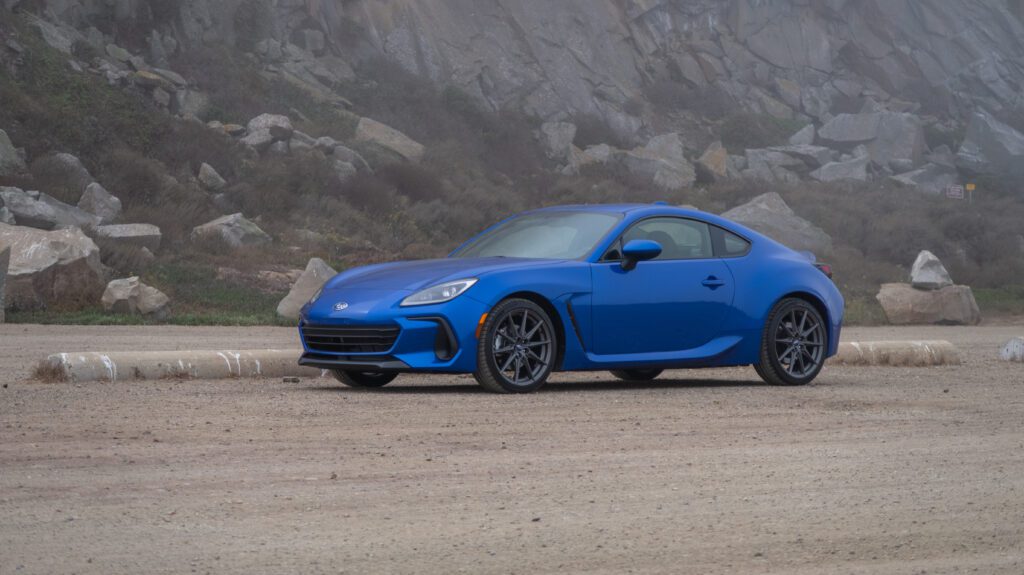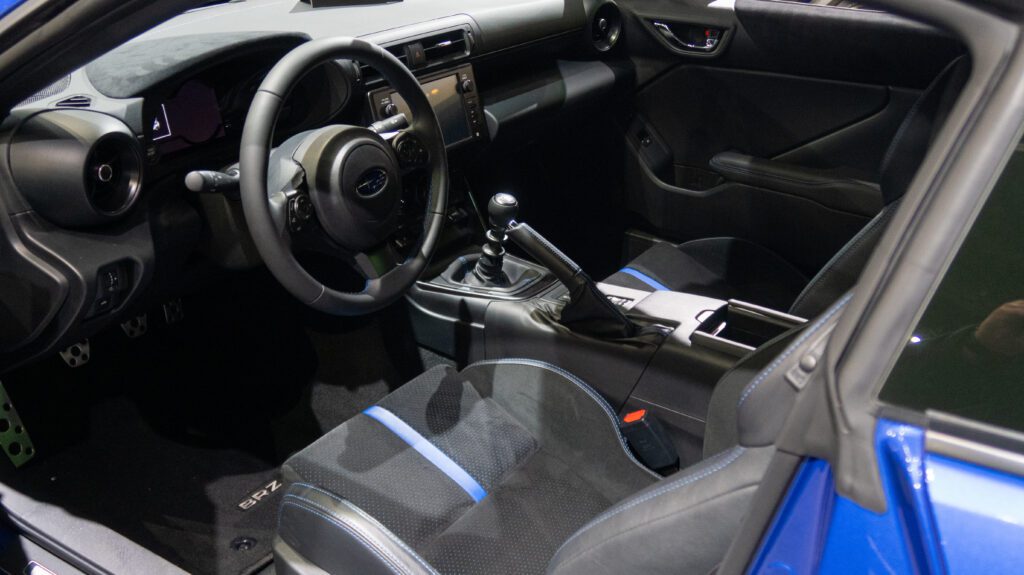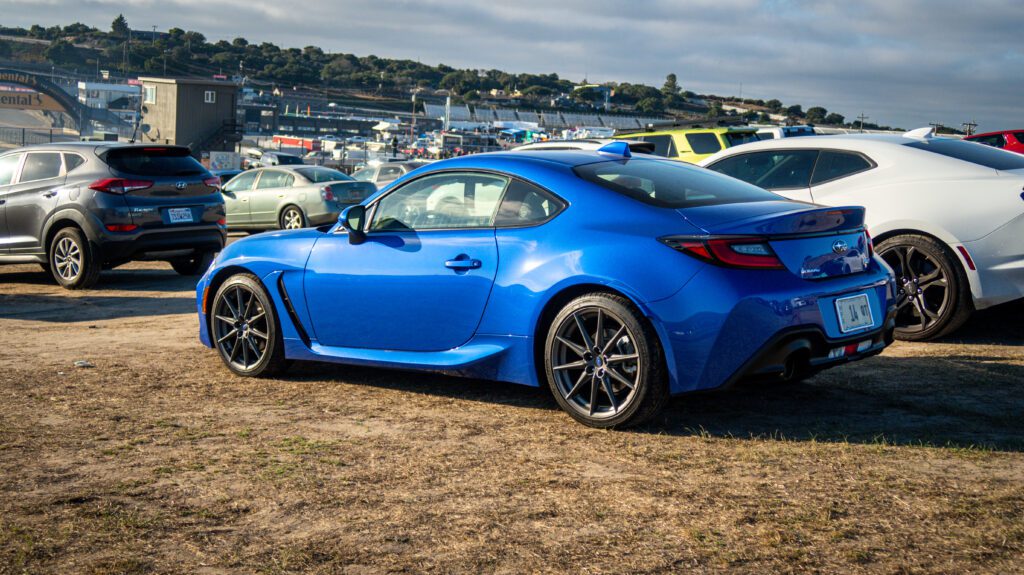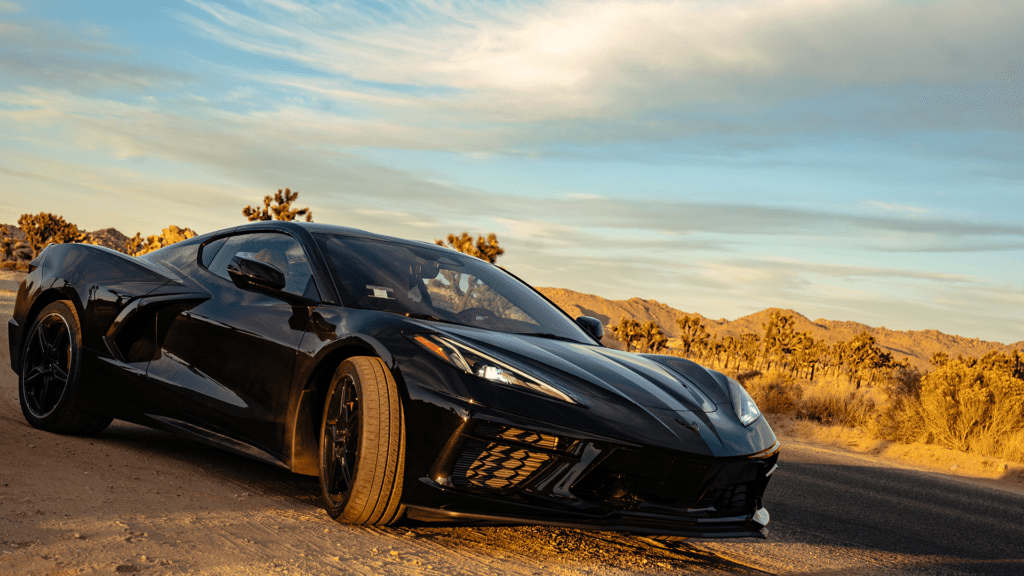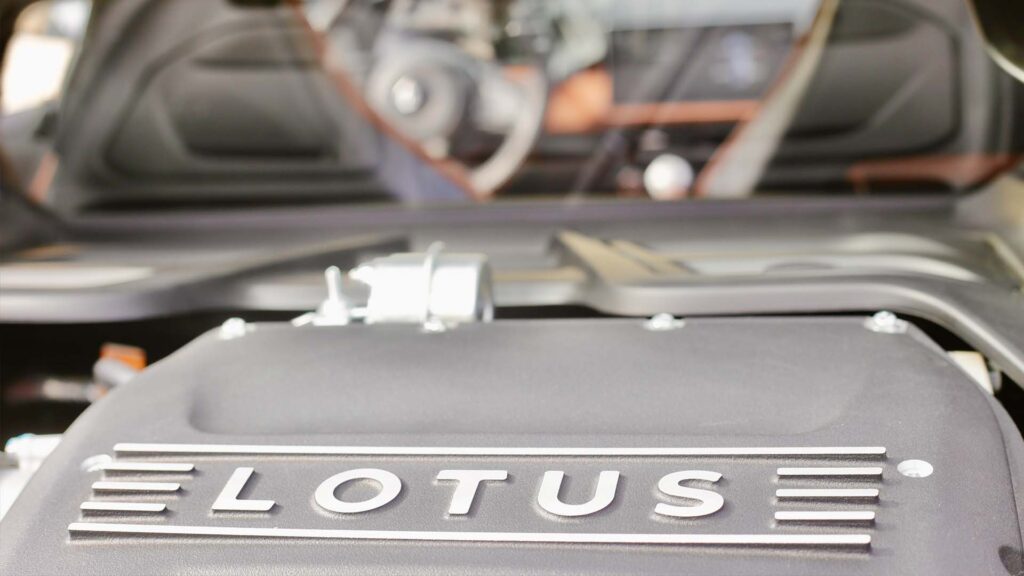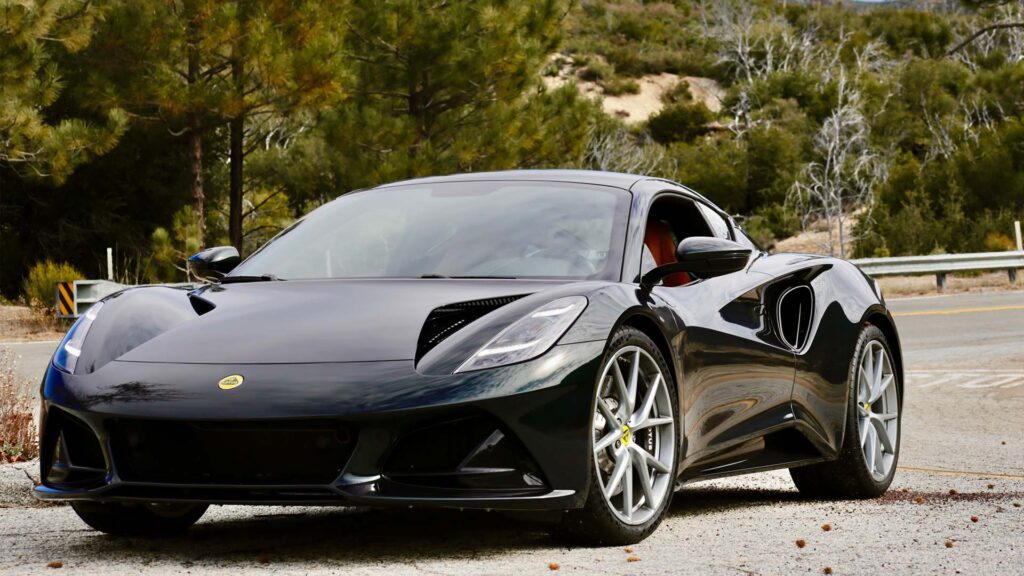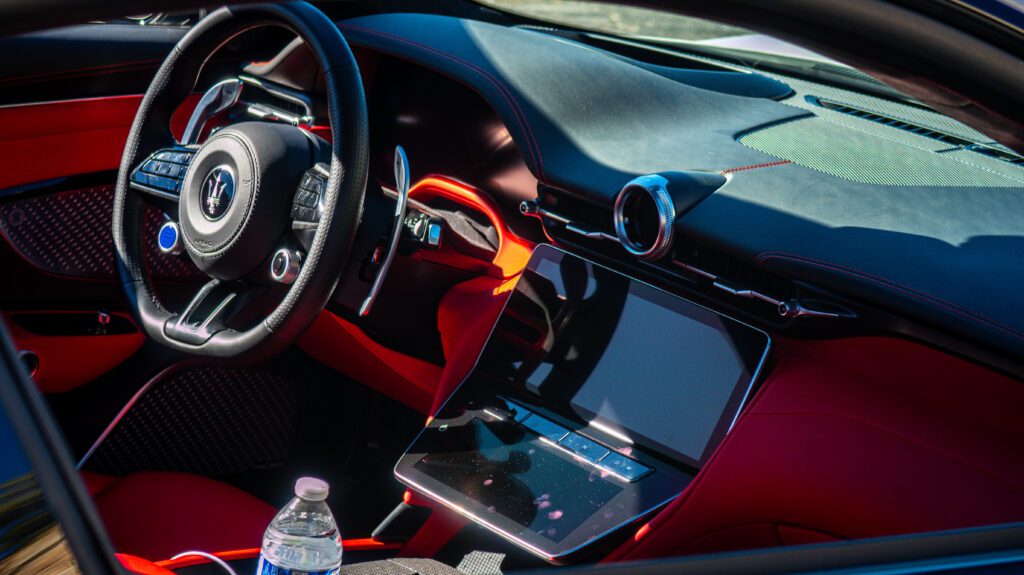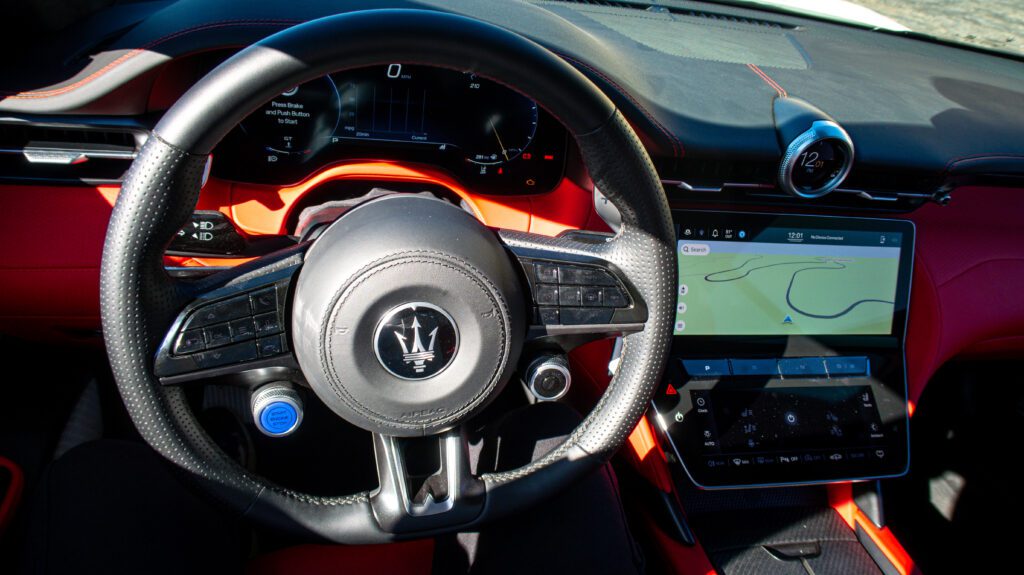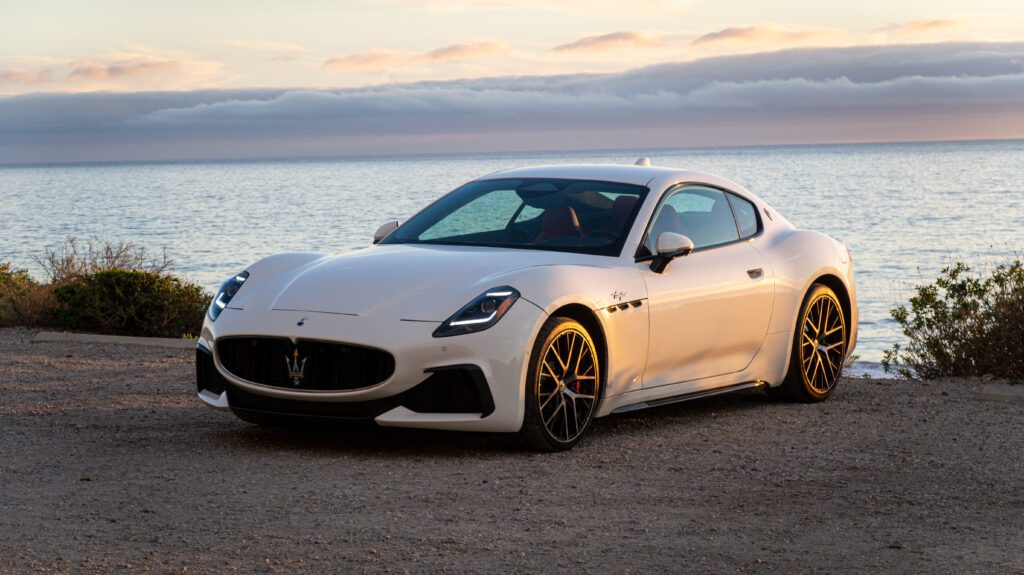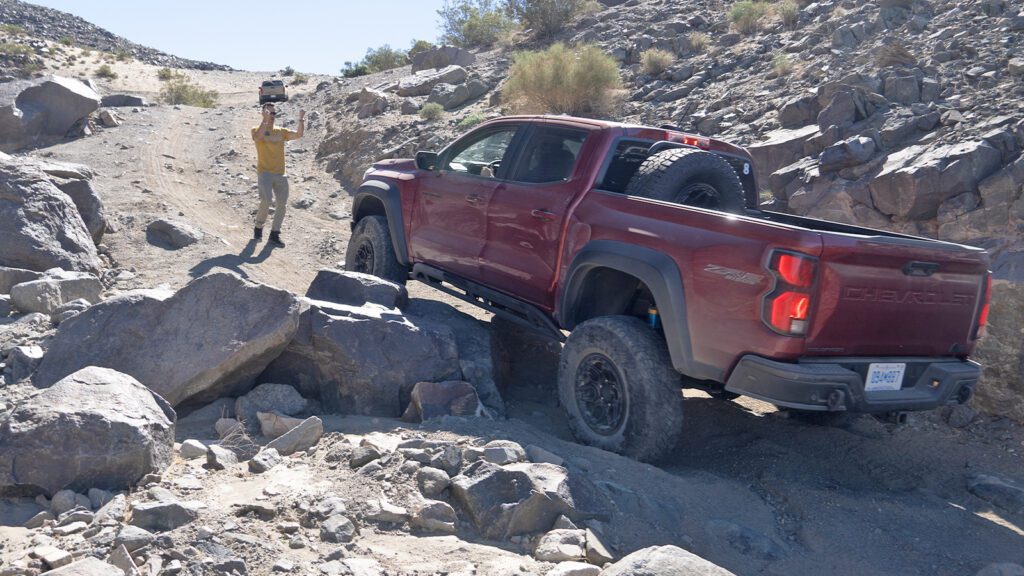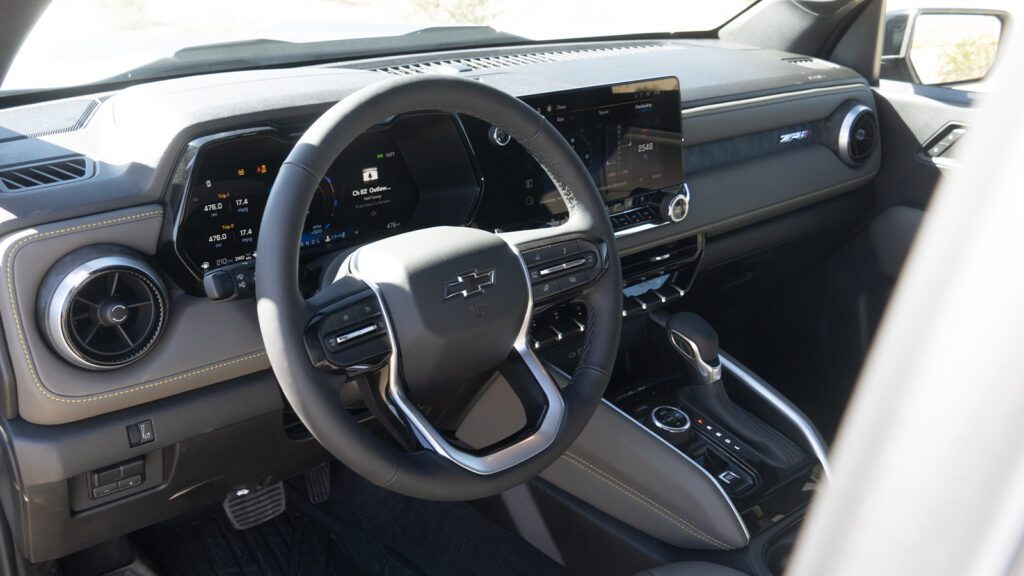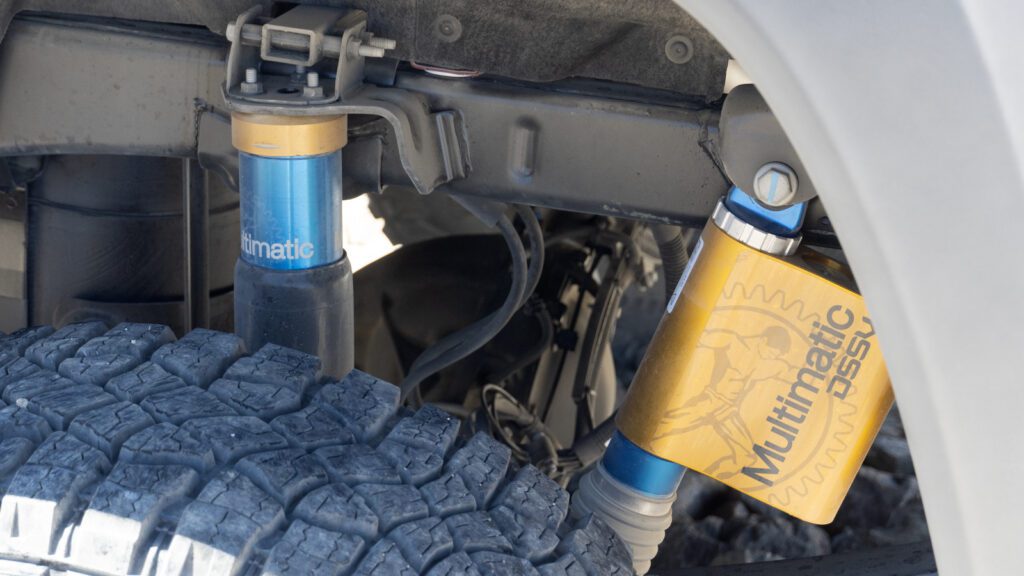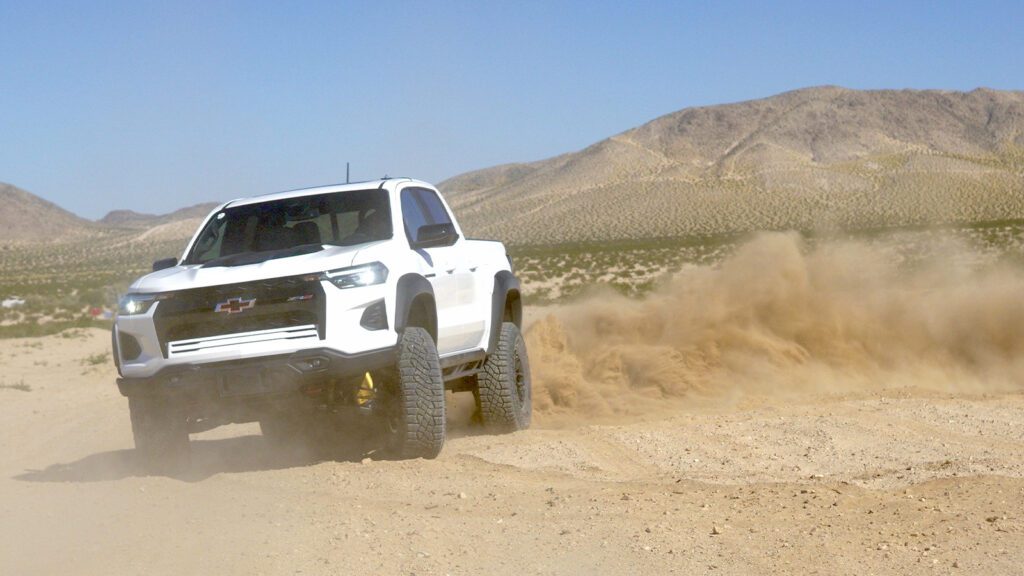Wednesday Wrap-Ups: Everything you need to know from this weekend’s motor racing
Spring has sprung when a racecar has won. All racing is back, and we couldn’t be happier. This past weekend, we saw racing from Formula E, NASCAR, and the 72nd running of the 12 hours of Sebring. There was a lot to digest, from heat and tires to crashes and rookies making moves. We’ll break down a few key talking points so you can sound like an expert if anyone asks your thoughts.
IMSA – Twelve Hours of Sebring

Florida’s Sebring International Raceway is one of the oldest continuously operating race circuits in the States. It’s a wiley course that will test patience in the sweltering heat, with devious bumps, unforgiving turns, and cruelty to tires and engines.
After leading the majority of the race, Pipo Derani crashed out halfway through, and it was wild to watch in real-time, to say the least. He and the Whelen Cadillac Racing team qualified 1st in the Grand Touring Prototype class but finished 10th because of this incident. Pipo walked away rattled but no worse for wear. The fact that he was okay is a testament to how these cars are designed now, as well as the safety measures IMSA has in place to protect drivers and fans alike.
Colton Herta was one of many IndyCar drivers who stepped away on an off-weekend to participate. He and the Wayne Taylor Racing/Andretti Autosport team finished 1st. He and teammates Louis Deletraz and Jordan Taylor (Wayne Taylor’s youngest son) were at the front of the Grand Touring Prototype class for most of the race in their Acura ARX-06.
Speaking of Indy drivers… Romain Grosjean finished 7th, also in the Grand Touring Prototype class with Lamborghini. This is a bit special as he took the helm of the SC63 prototype racer, making this its first WeatherTech Championship start at Sebring. He also had to drive several laps with his door ajar. Was this good or bad in the ungodly Florida heat? You’ll have to ask the Phoenix yourself.
We especially love the win of Trackhouse‘s developmental driver, Conor Zilisch. Winning in the Le Mans Prototype class, this is the 17-year-old’s second IMSA podium this season. He also placed 1st at the 24 Hours of Daytona in February. The future certainly seems bright for him and the Era Motorsport team. Zilisch was presented with sparkling wine for the celebration, not champagne.
Win the Weekend is a great IMSA series if you’re looking to learn more.
Formula E – São Paulo E-Prix Round 4

This was probably one of the best races of the year so far. I know it’s early, but the way I screamed for the last 30 seconds was incredible. While I am a Porsche girlie for Formula E, I do like to keep an eye out for McLaren drivers in all series of racing. With record temperatures in Brazil at the São Paulo E-Prix, drivers were asked to manage not only their batteries (thanks to several caution flags and safety car appearances) but also the actual heat of the whole car.
My beloved Portuguese veteran, Antonio Felix Da Costa, and his teammate Pascal Wehrlein ran front for most of the race. At one point, just a three-second split separated the top ten drivers. It was tight, with Attack Mode activations hitting around the same for most of the top pack. It certainly kept this E-Prix interesting.
With battery power trickling down and laps flying by, Jake Dennis in the Andretti car was hitting critical temperatures trying to defend his position. Sam Bird enters the chat.
I loved everything about this win for Sam. After being fired from Jaguar after three seasons with them, he looks mighty good in Papaya. At barely 1% of his battery remaining, Sam completed one of the most amazing overtakes in Formula E history with seconds on the clock to do so. He proceeded to pray to the EV gods, flying by Mitch Evans in the Jaguar car. If he flipped the bird (wink) on his way to victory, no one would have judged him. I certainly didn’t.
Still hoping for a De Vries-alution; he finished 18th. Justice for Nyck.
Feel free to peep my Formula-E explainer here, if you need a little insight.
NASCAR – Food City 500 Bristol Motor Speedway

The horrifying confusion and surprise about tire degradation need to be studied. Y’all, I grew up remembering dirt tracks. Okay, I know it was dirt not that long ago, but I think after this weekend, we’re headed back to red clay somewhere. This new era of NASCAR tests every discipline of racing, except dirt, in a real way. I beg you, NASCAR, to bring more dirt tracks back! Maybe Bristol was never meant to be concrete. The track was a nightmare in qualifying, and not a single team could figure out what it was going to be like on the big day.
Thus, on Sunday afternoon, it was just all over the place. Goodyear and NASCAR had a crisis regarding when to release more tires to the teams and how fast each was shredding. Ty Gibbs took stages one and two, with Denny Hamlin winning the overall. Insert eye-roll emoji.
And because I’m a messy bitch who loves drama, Ross Chastain lives rent-free in Ryan Blaney’s head. After another run-in at Bristol, Melon Man is getting cozy in that man’s mind. Viva la Trackhouse. #Dale
Upcoming for this Weekend
– Formula 1 is back in Australia. Catch the race on Sunday at midnight for East Coasters on ESPN or F1TV. F2 and F3 will be a part of the Australian GP.
– IndyCar will return to the South Palm circuit for the Thermal Club $1 Million Challenge. Catch the race on Peacock or NBC Sports—at 12:30 pm EST.
–NASCAR hits one of my favorite tracks at COTA in Austin. Tune into Fox at 3:30 pm EST for what’s sure to be another amazing race. Legendary driver Kamui Kobayashi will be jumping in the #58 Mobil 1 for 23X1, just for this race. And Trackhouse bestie SVG will be in the #16 WeatherTech car for Kaulig Racing.


